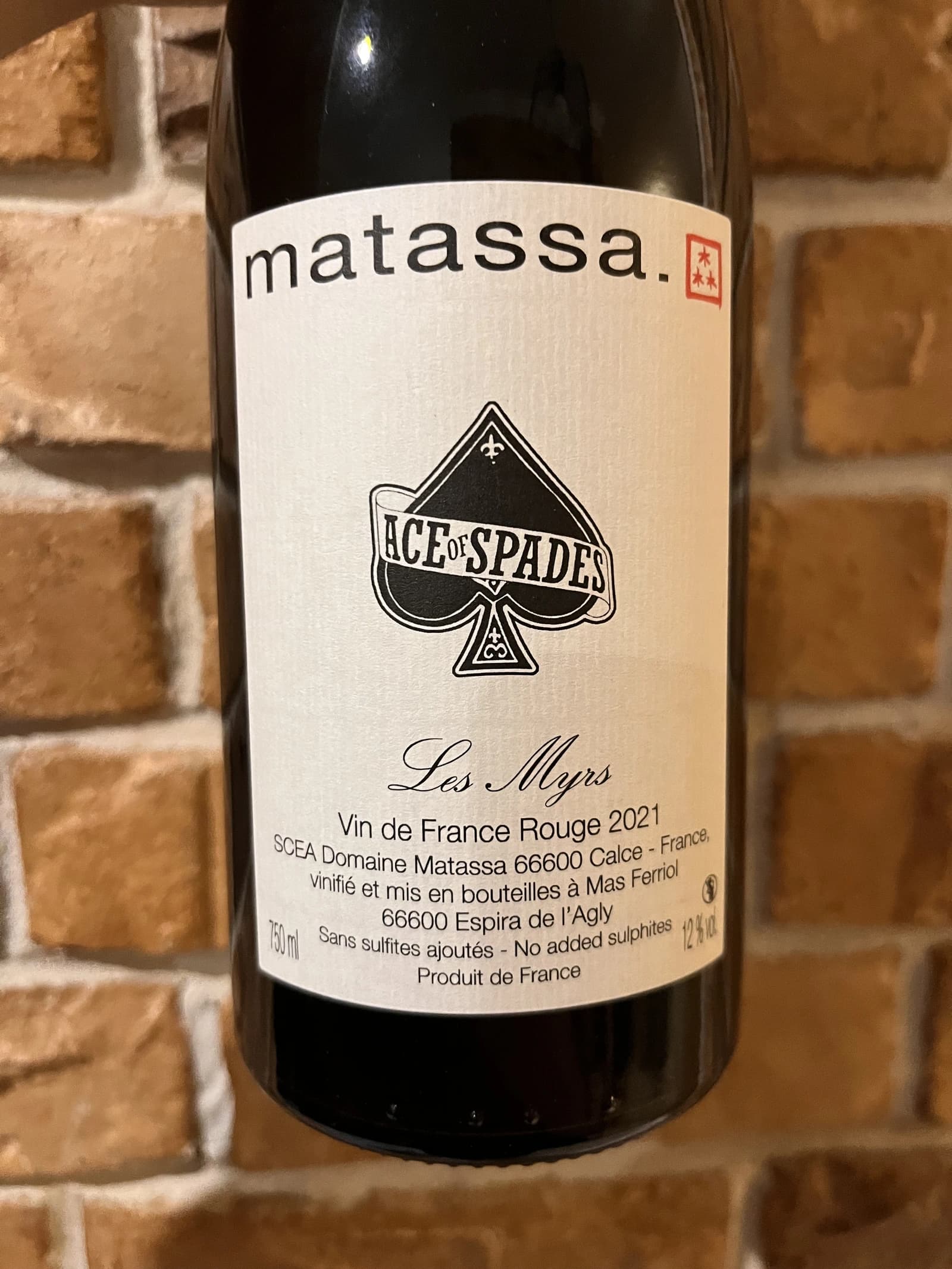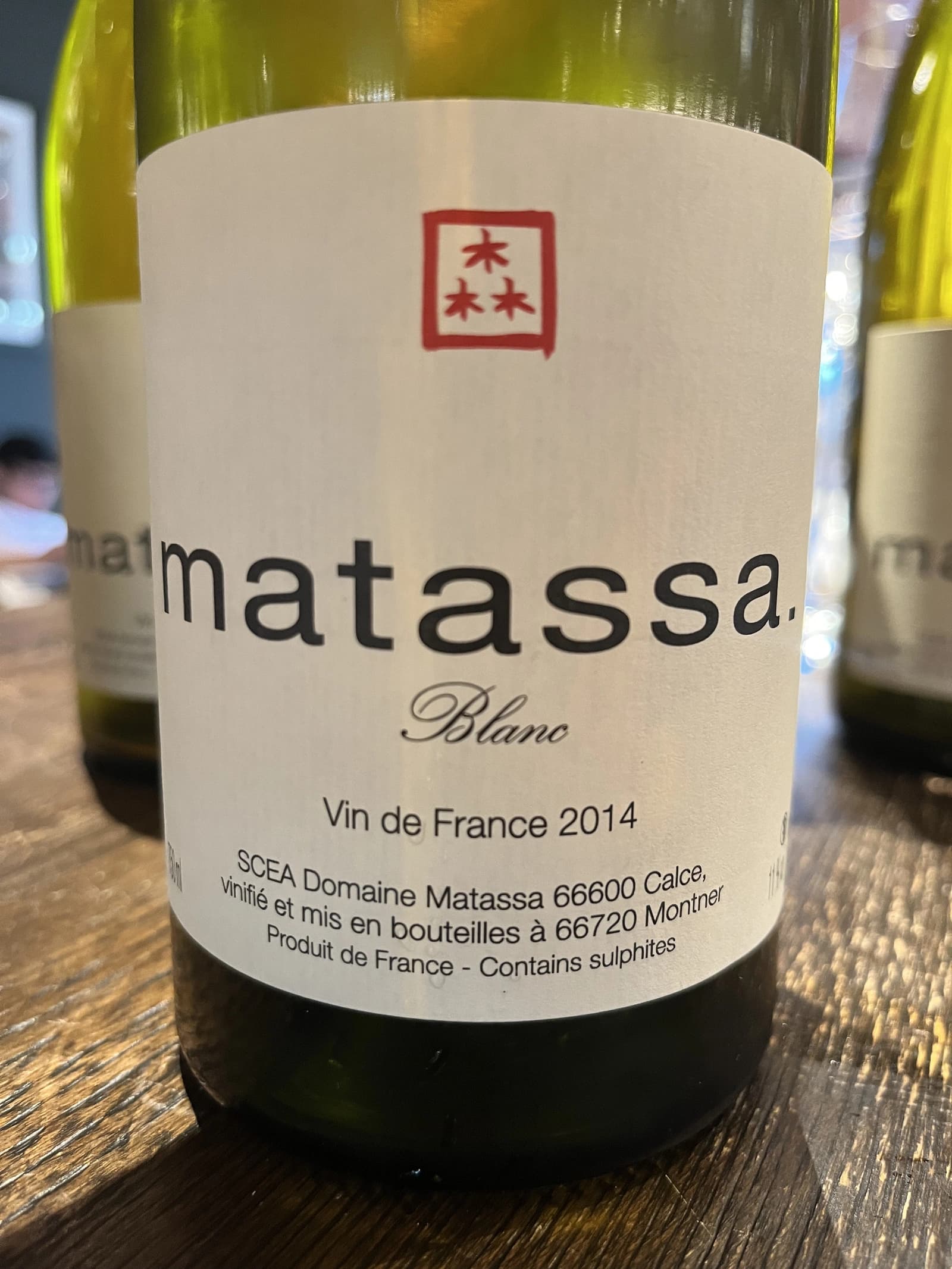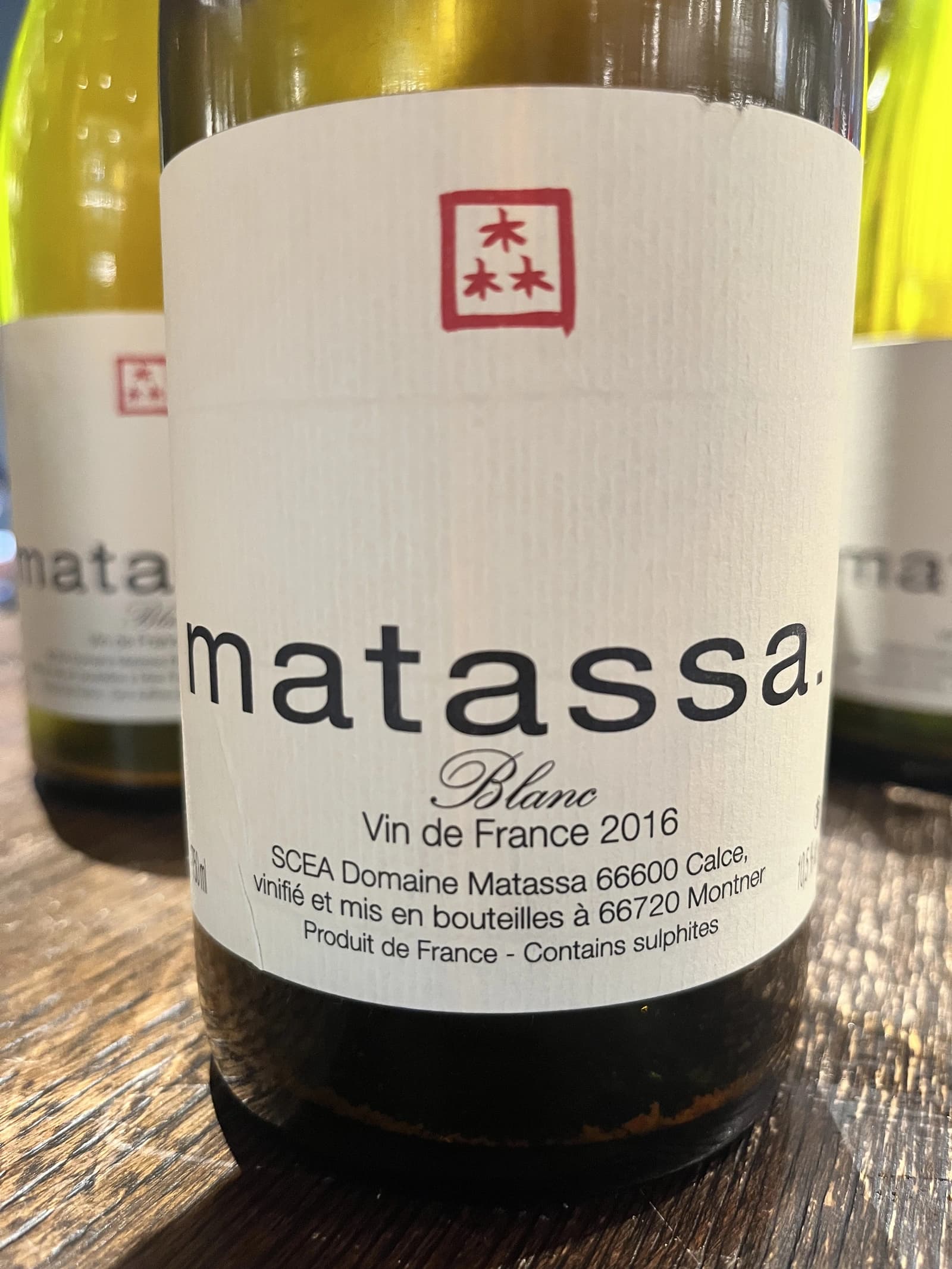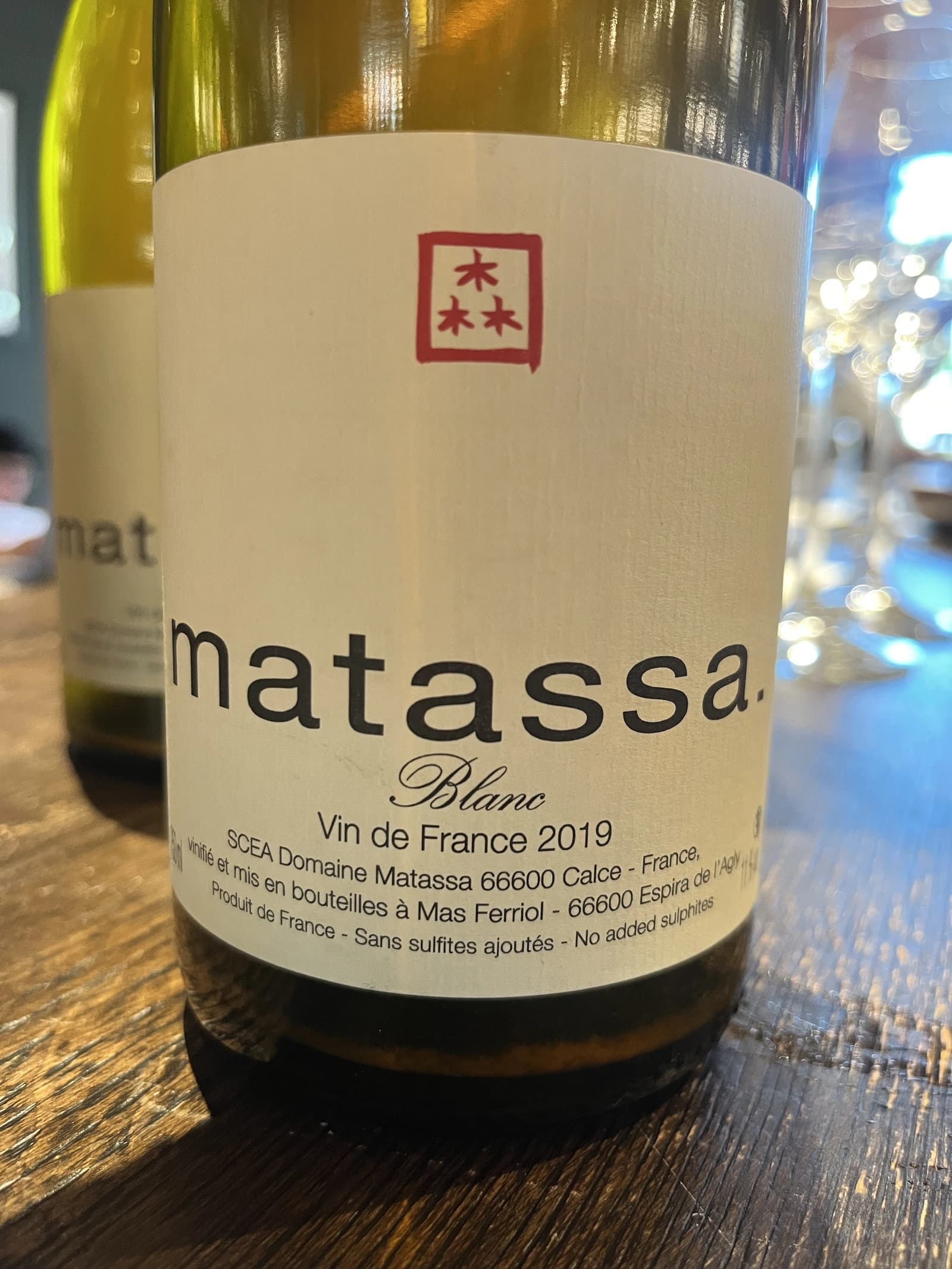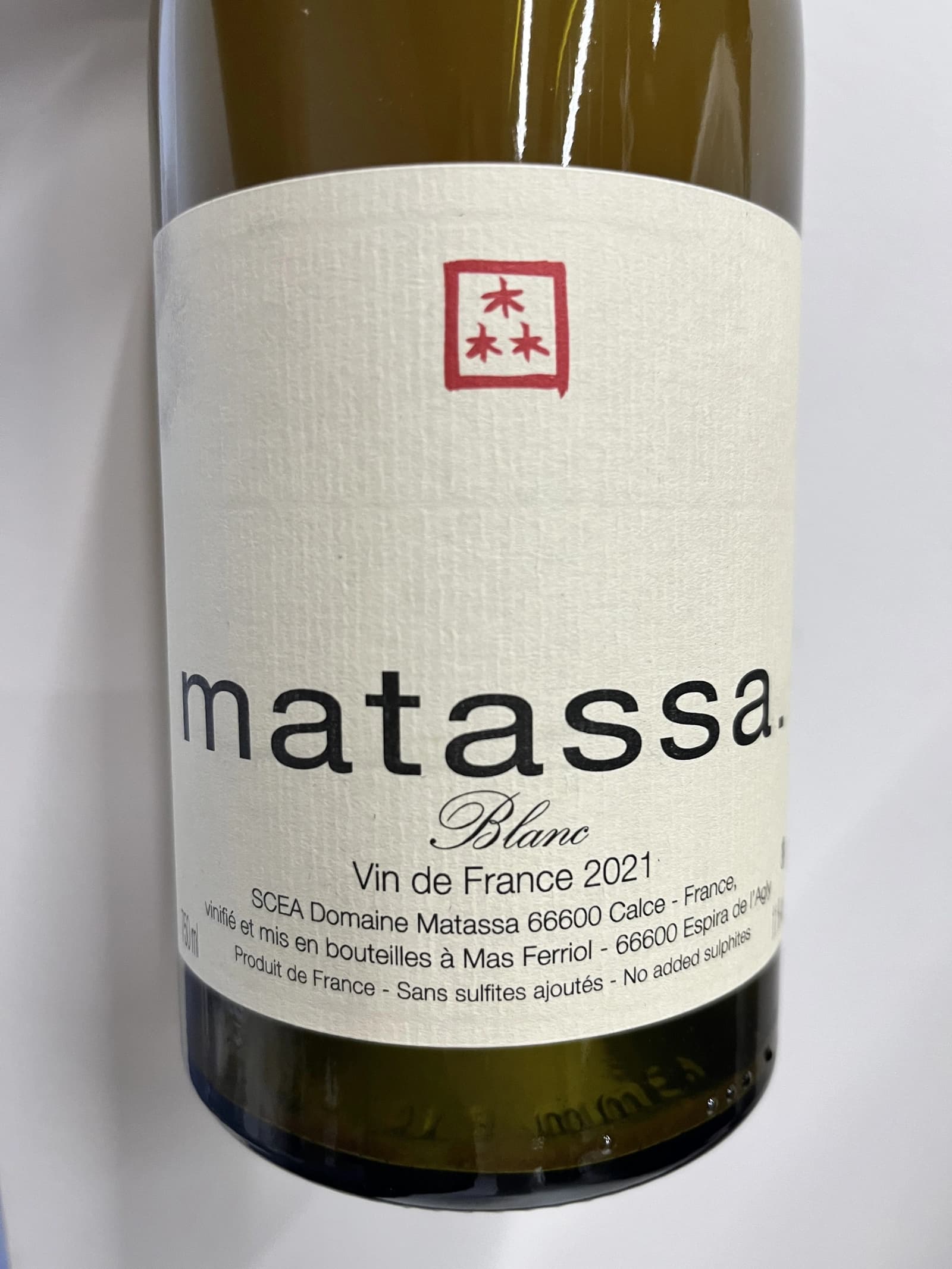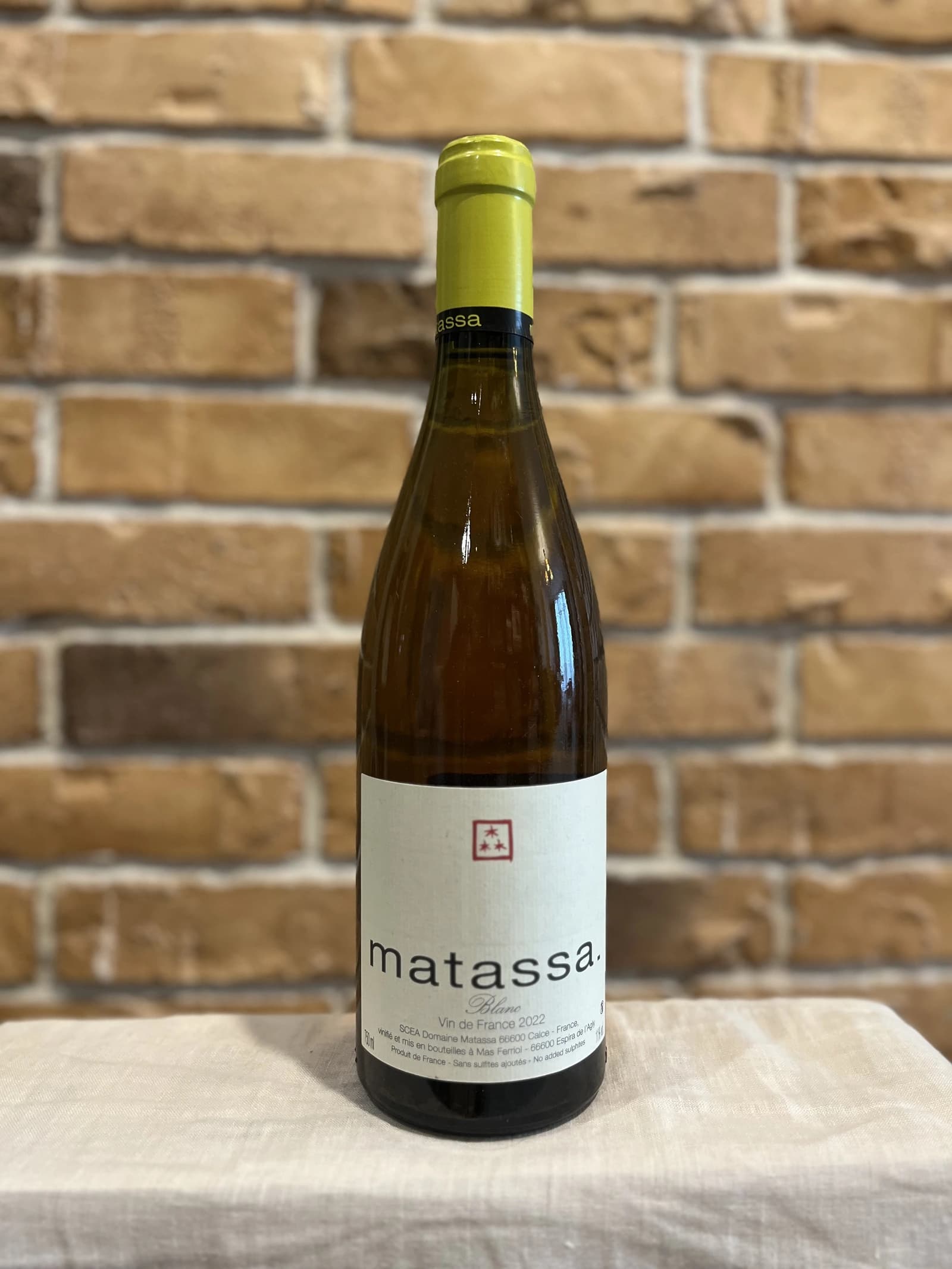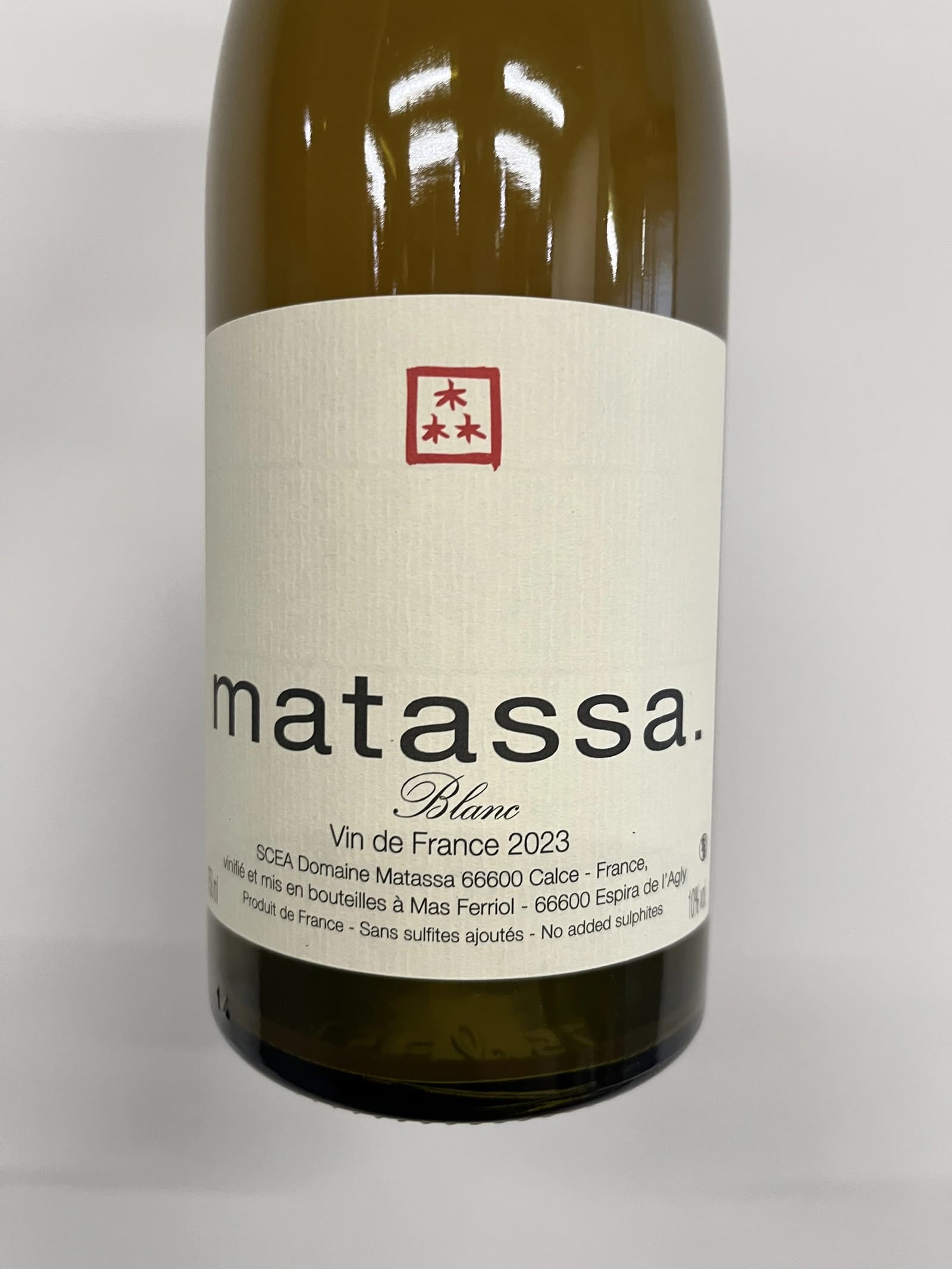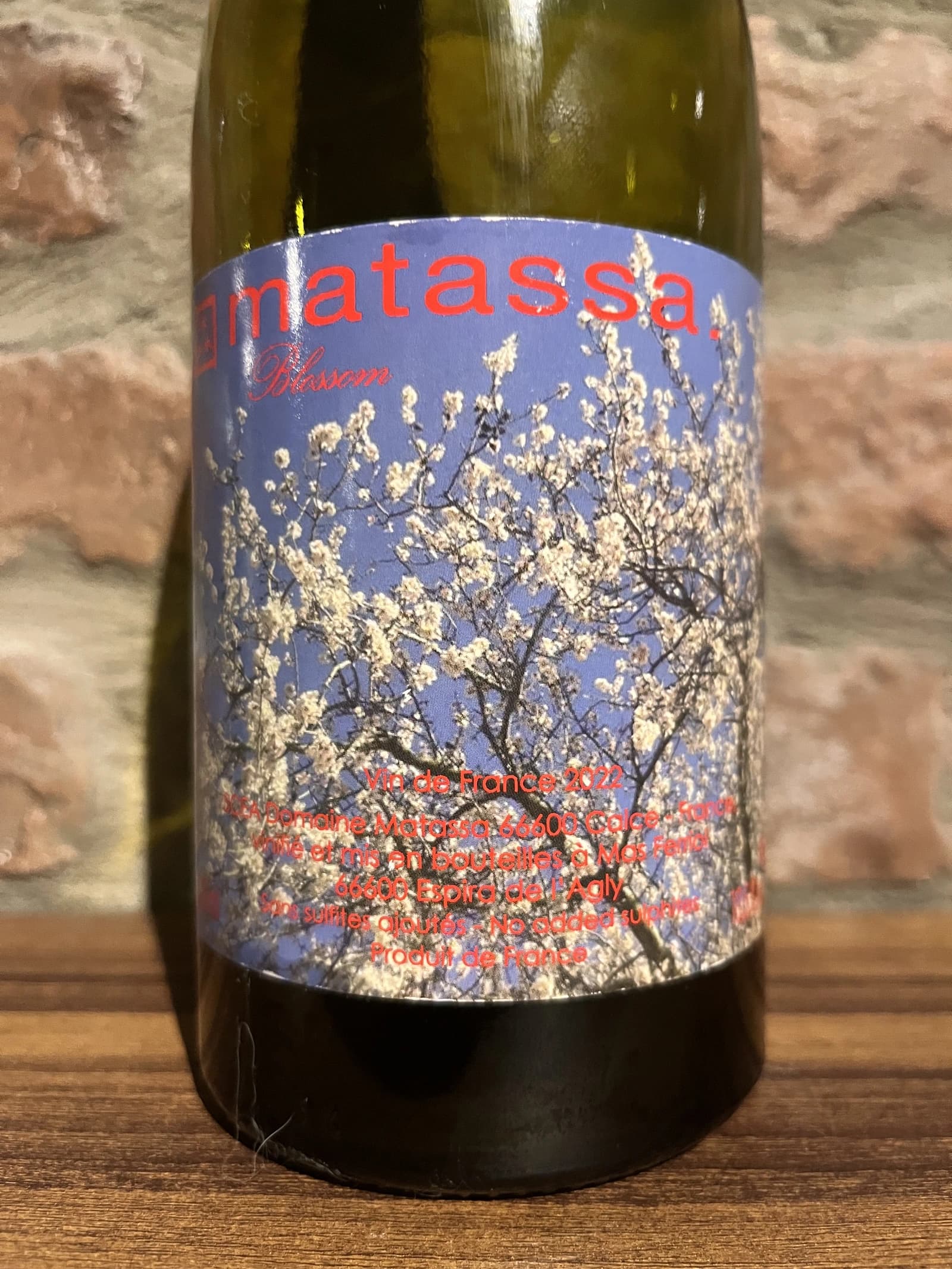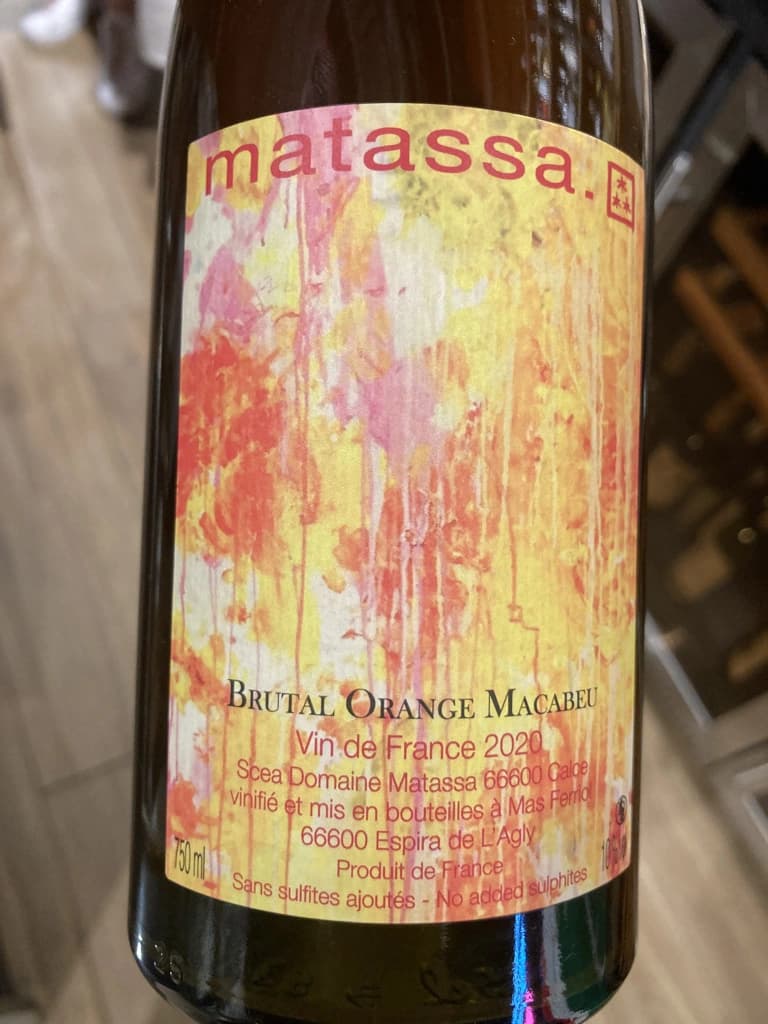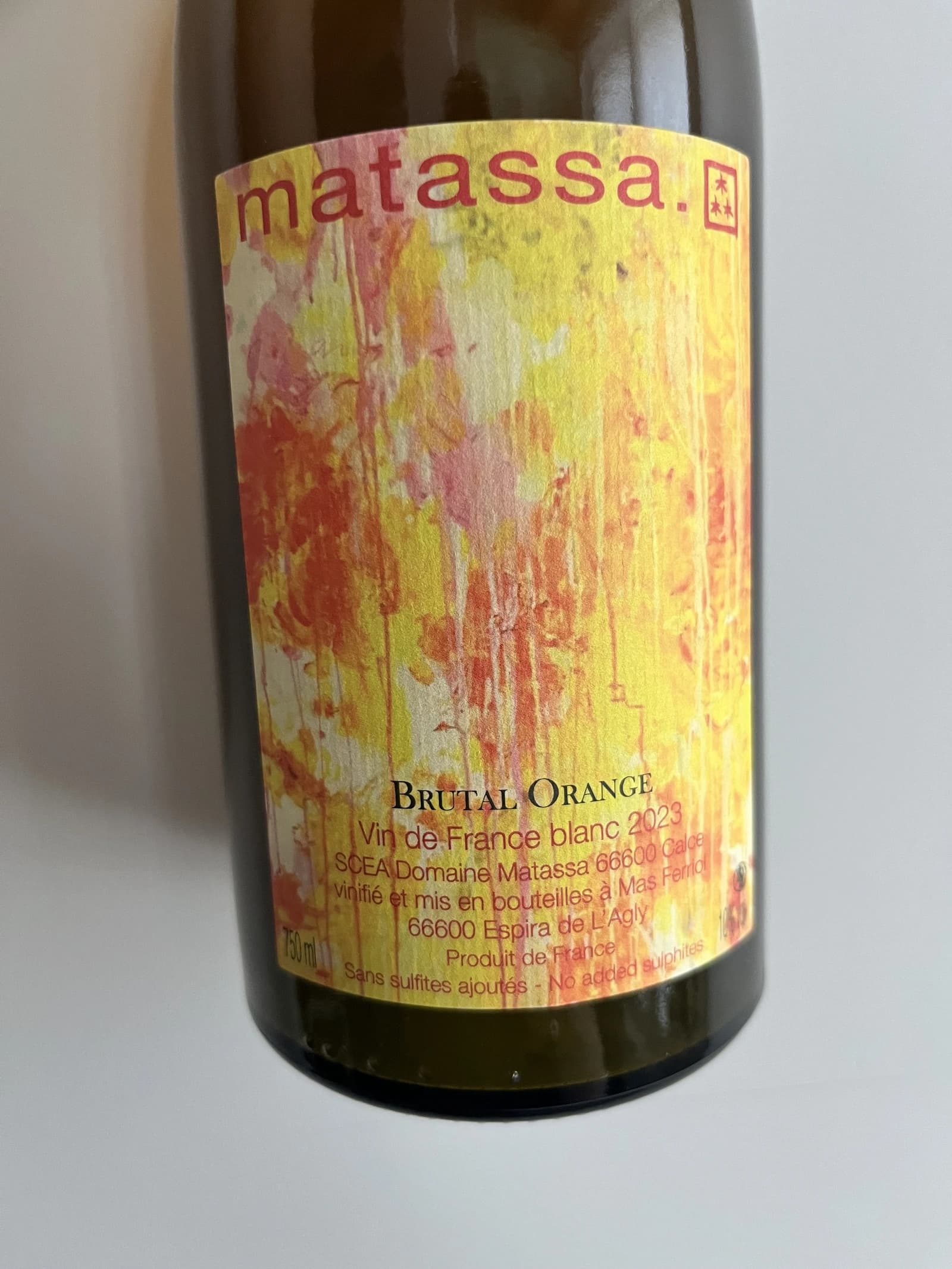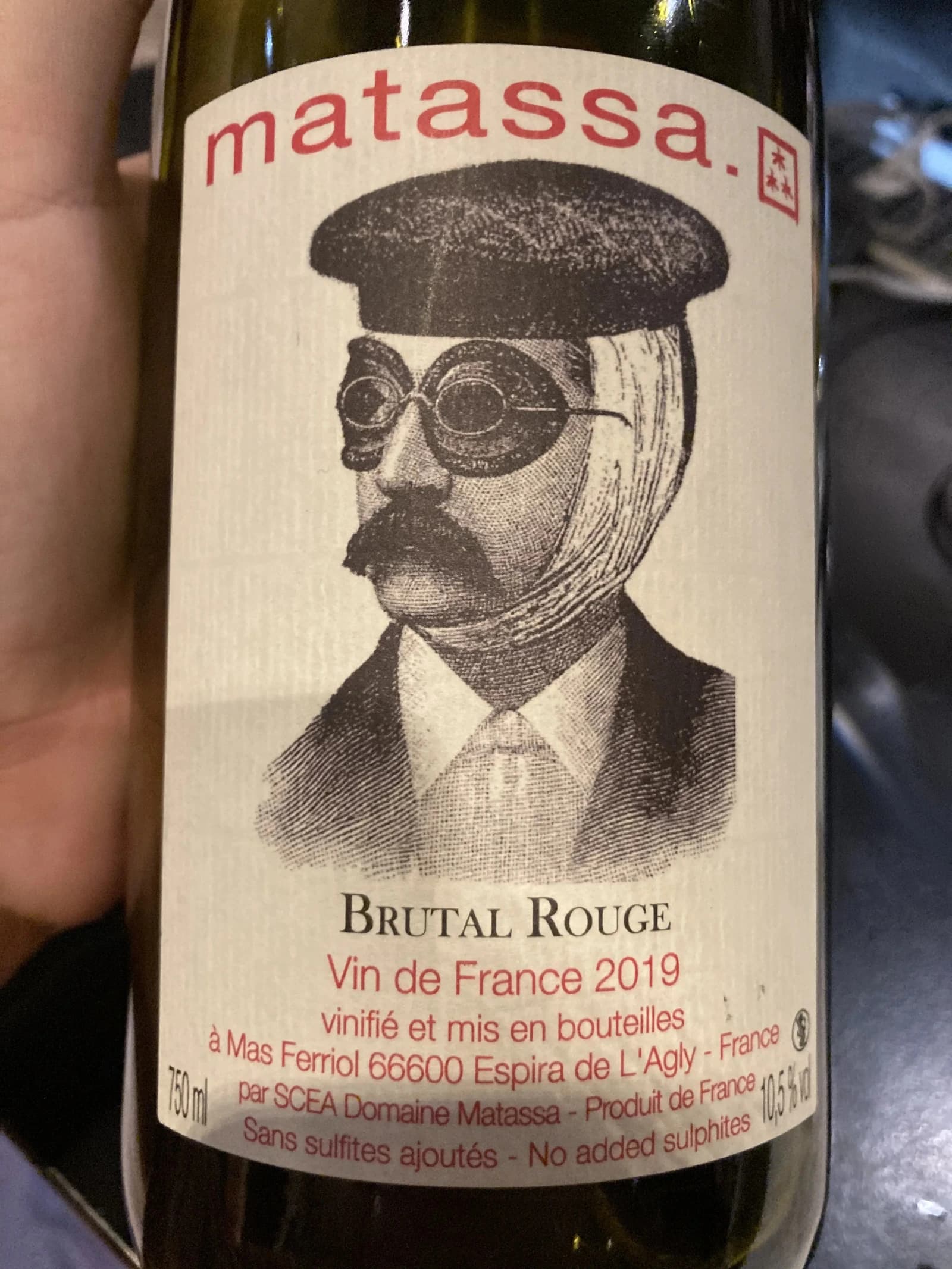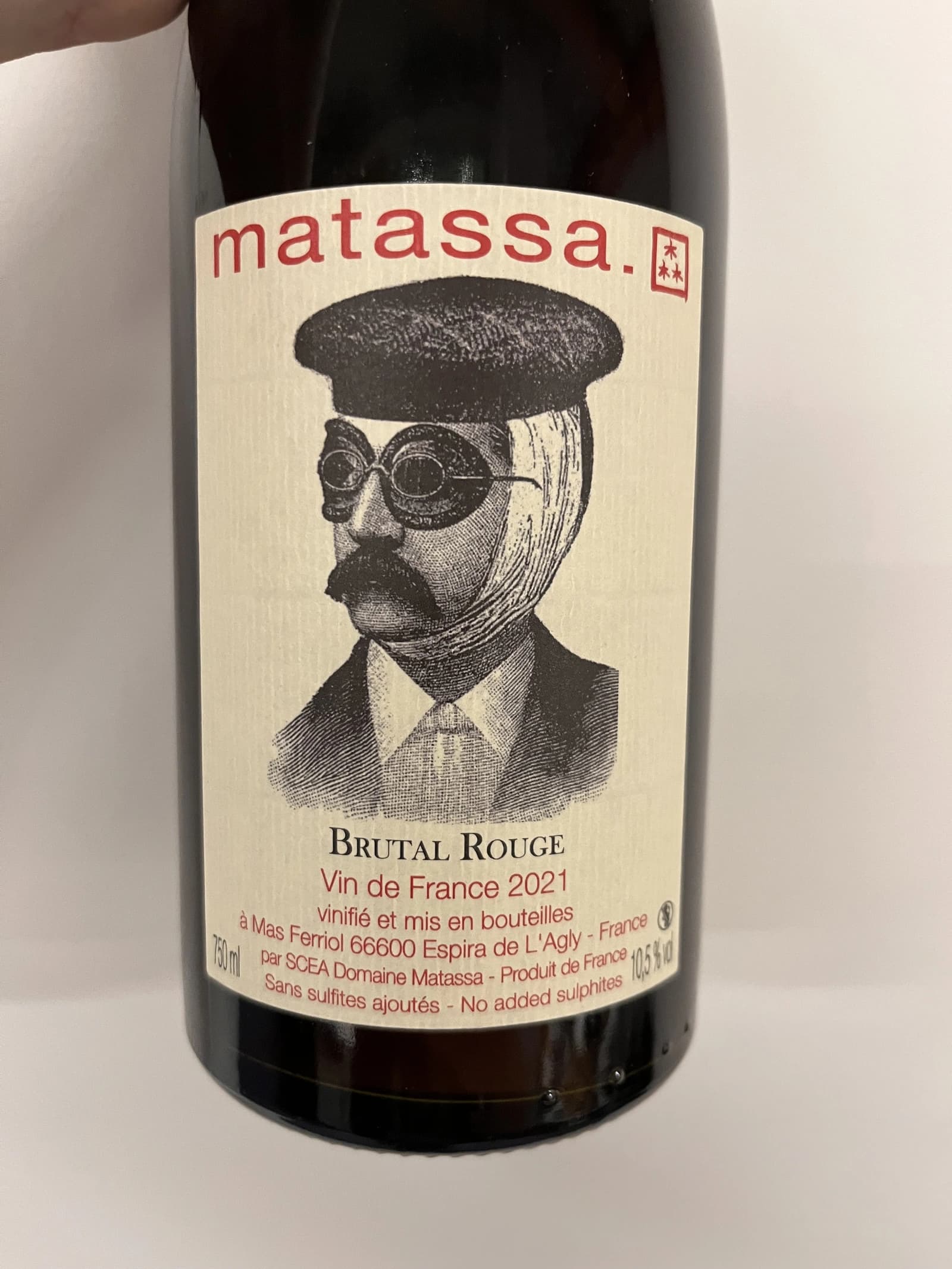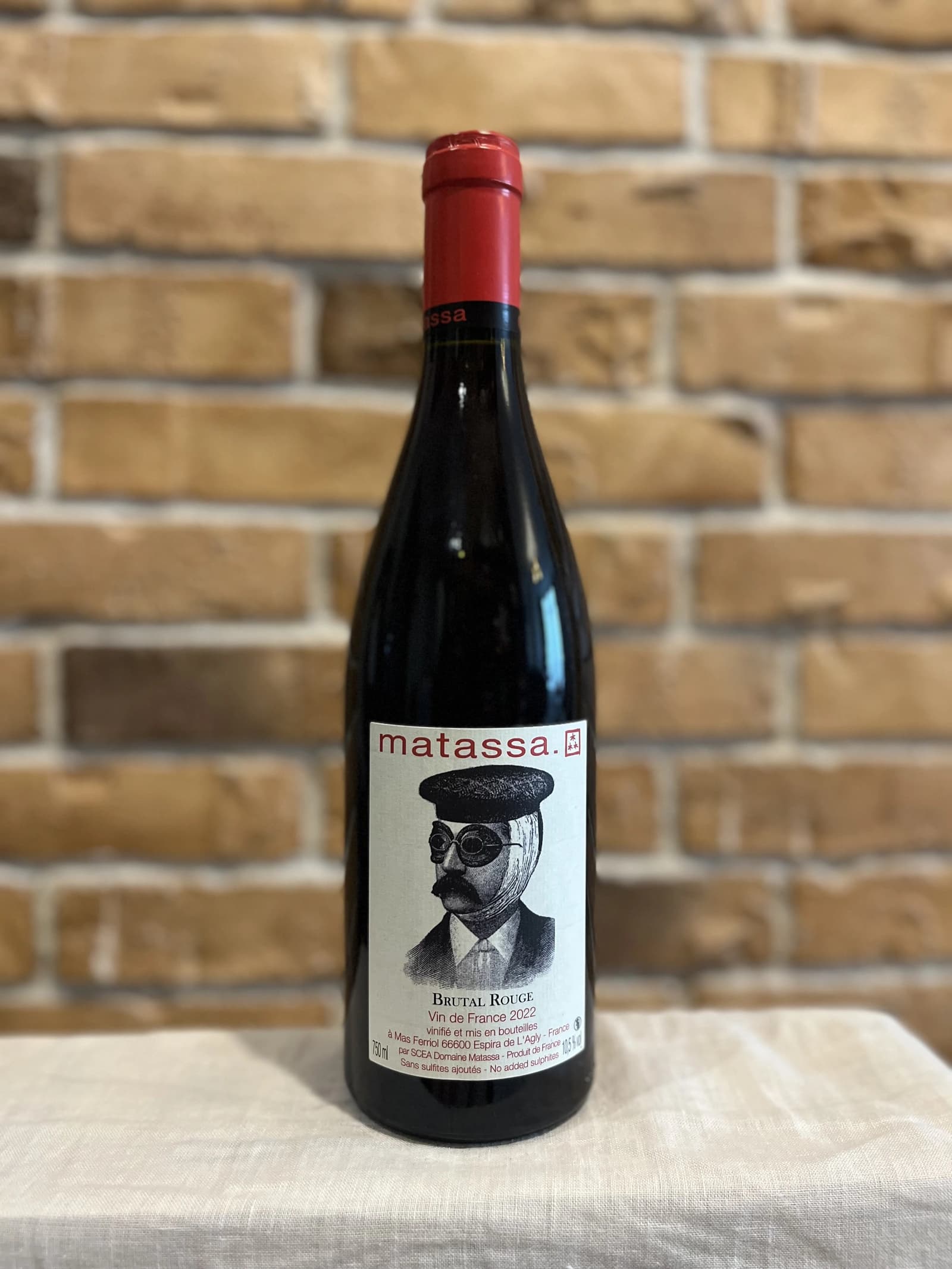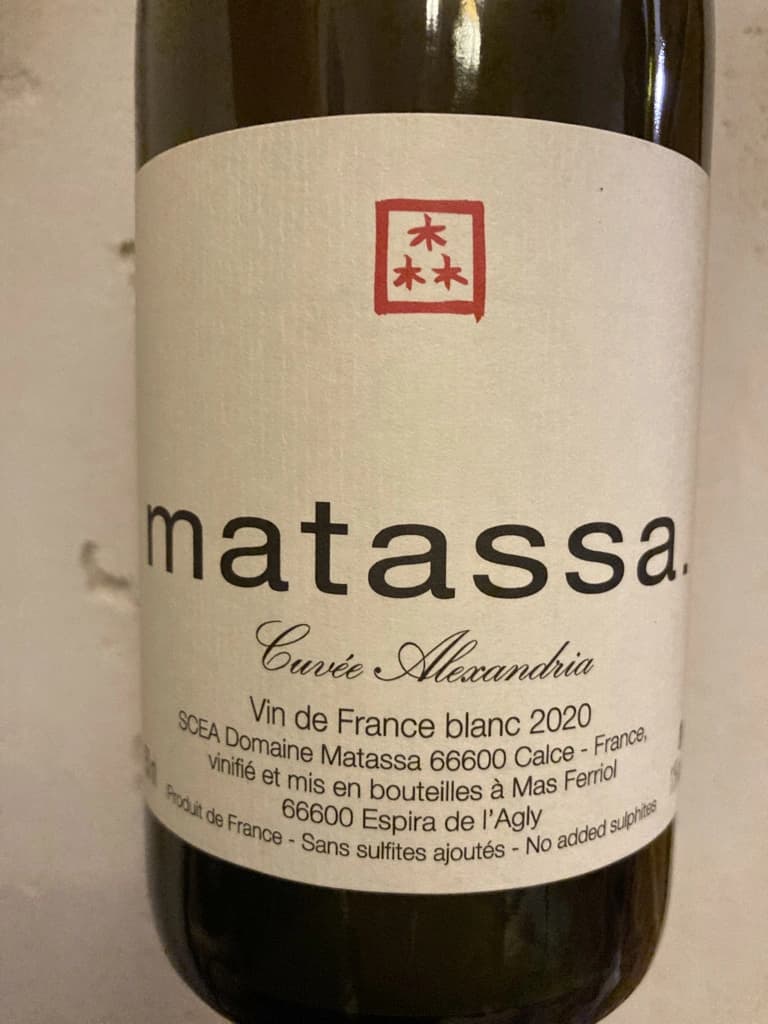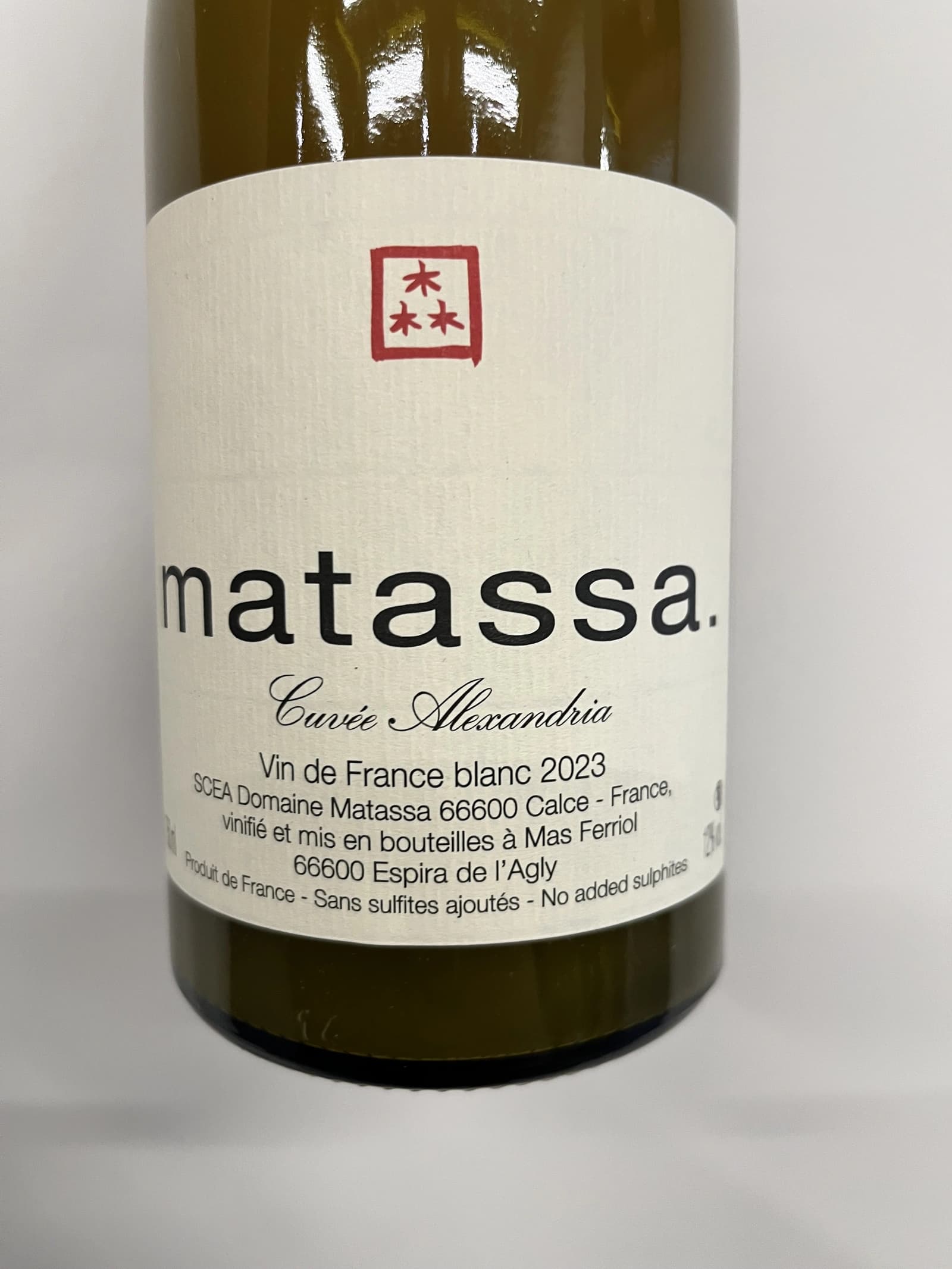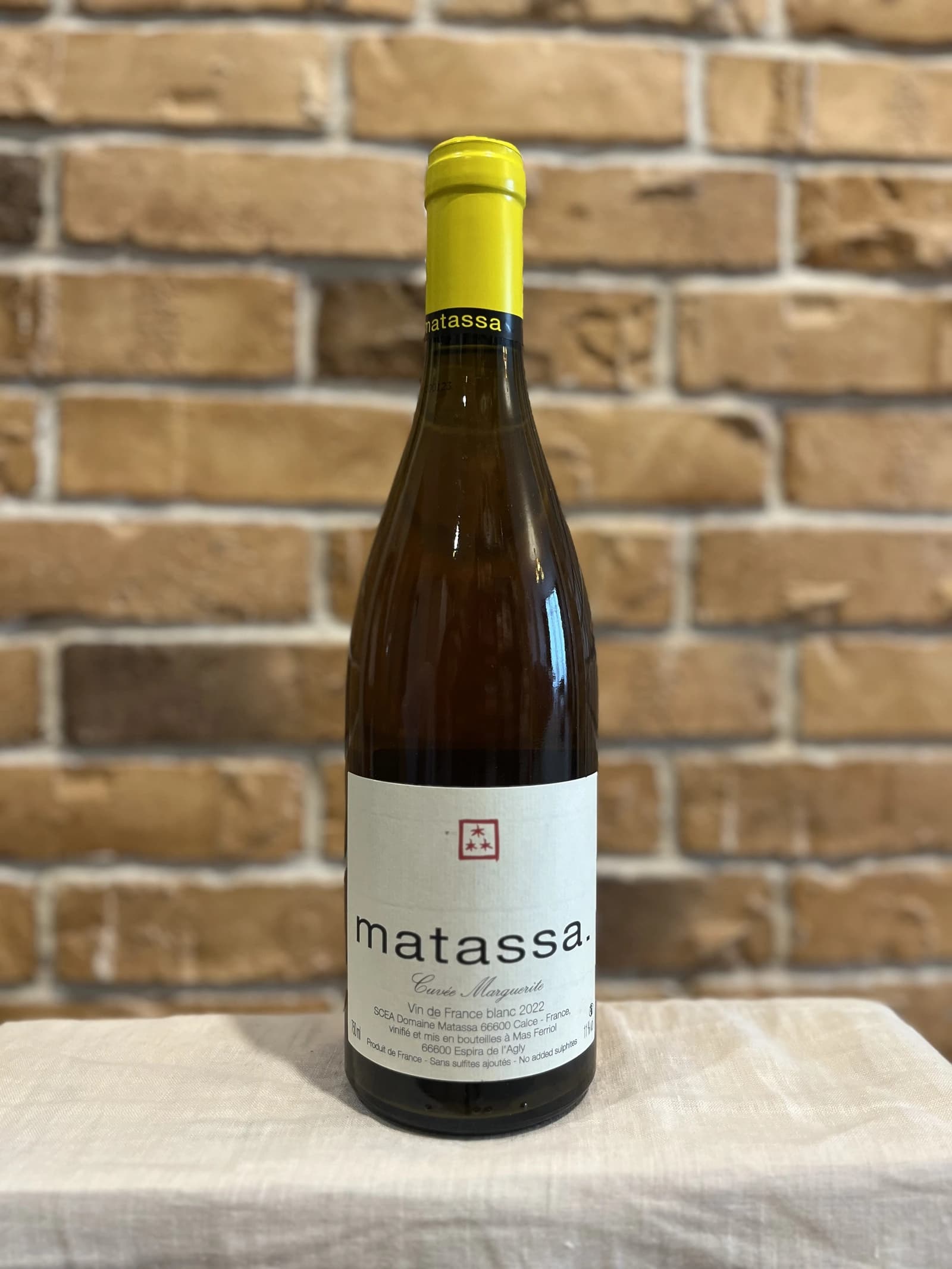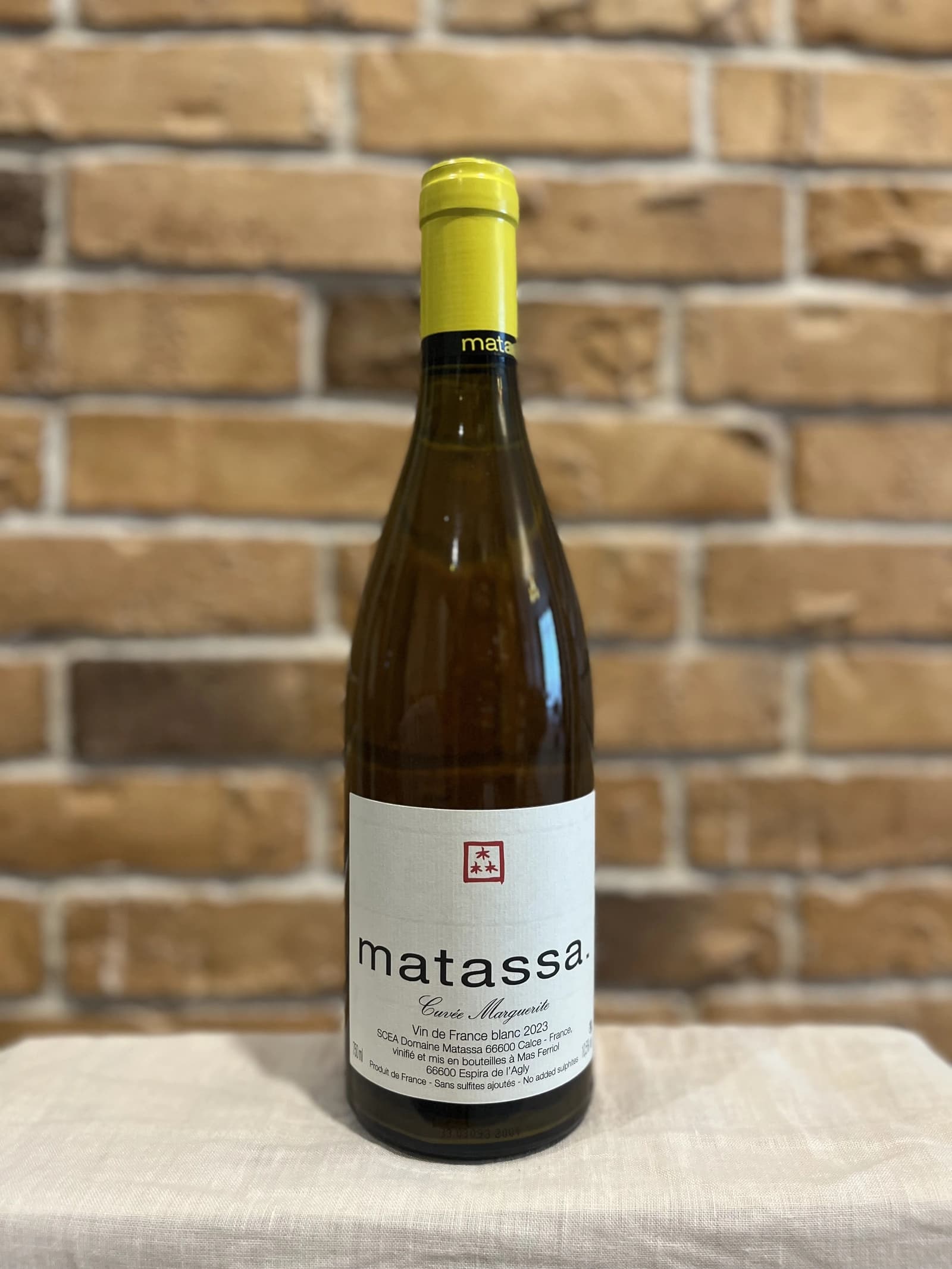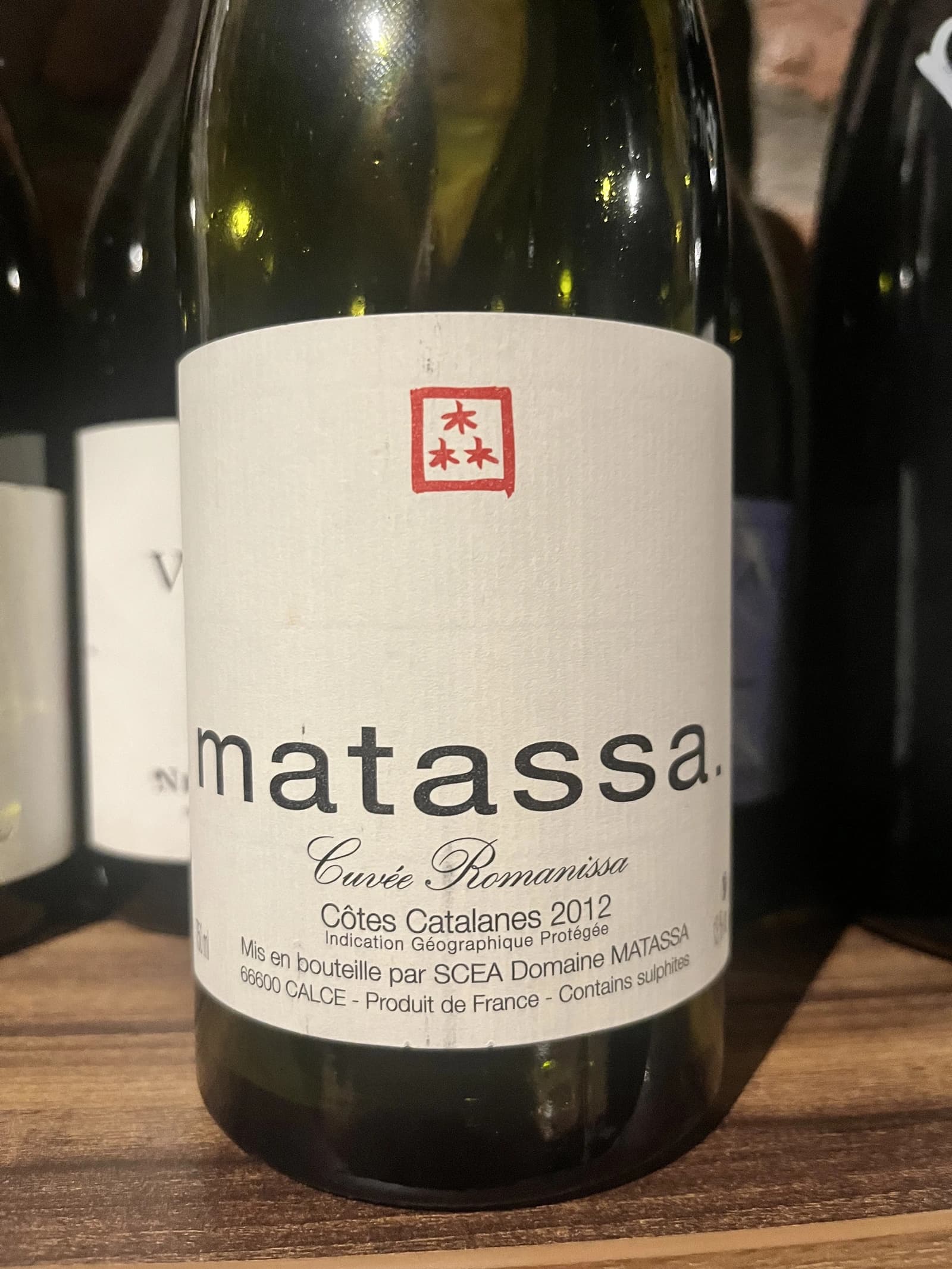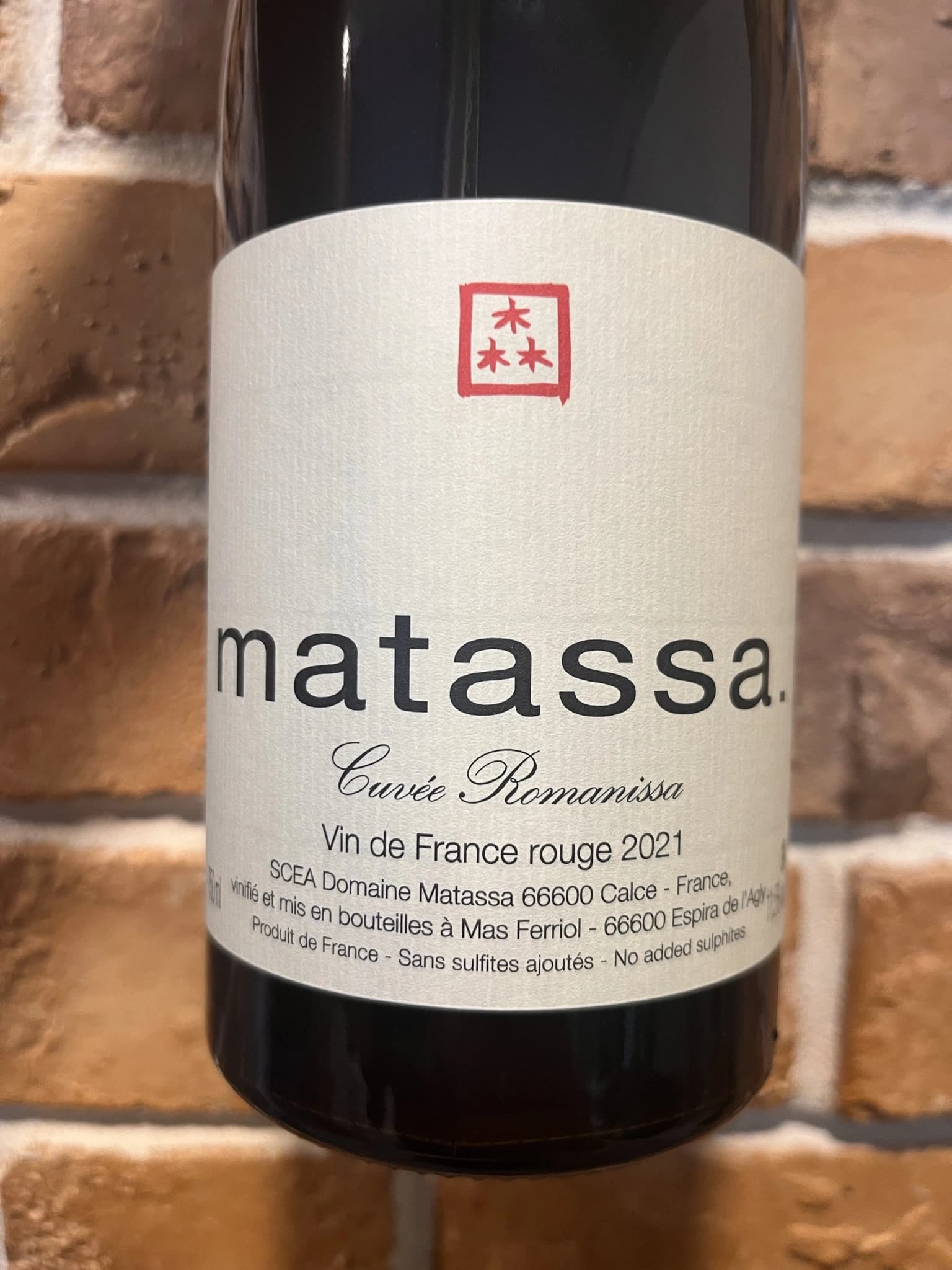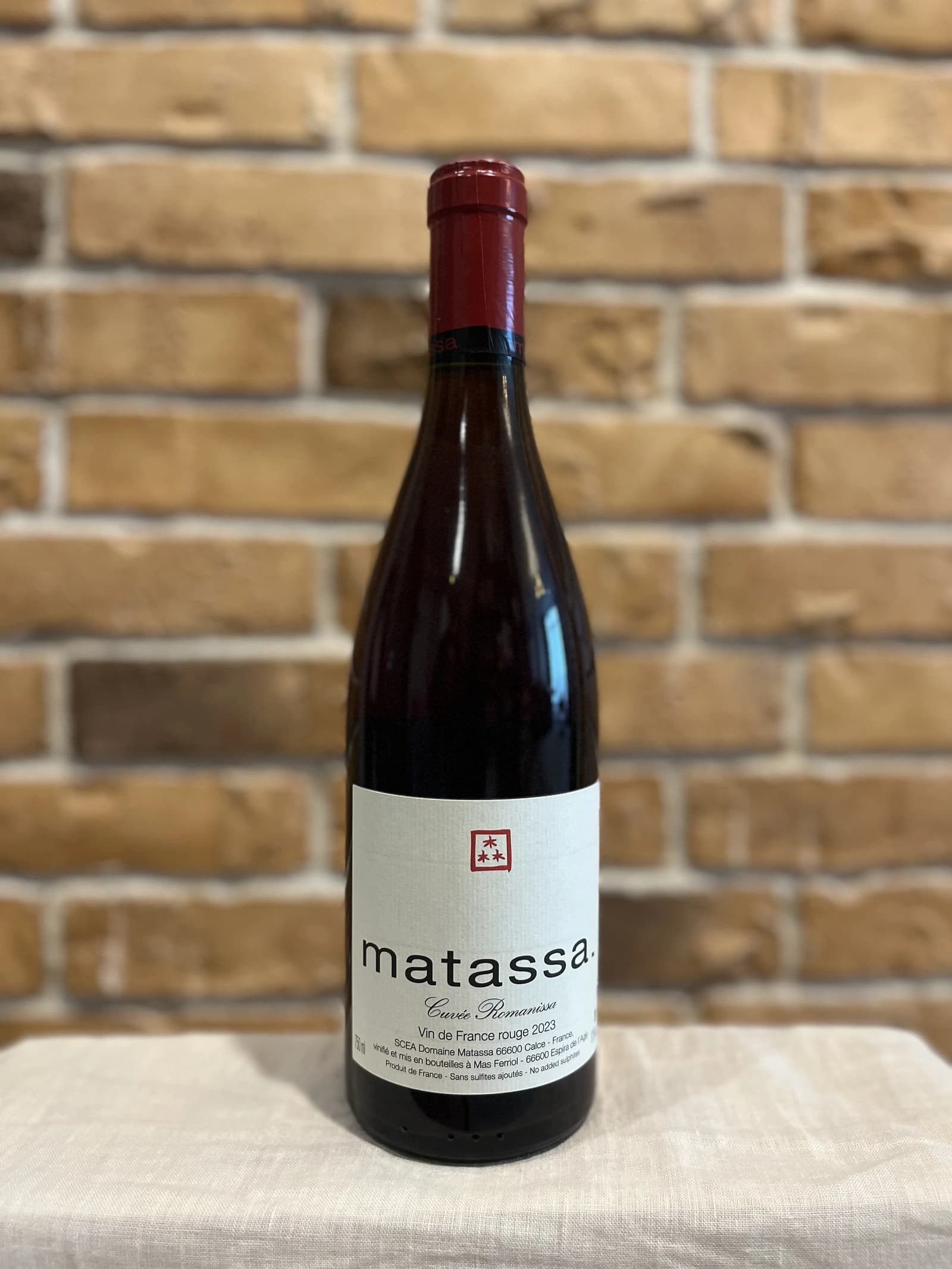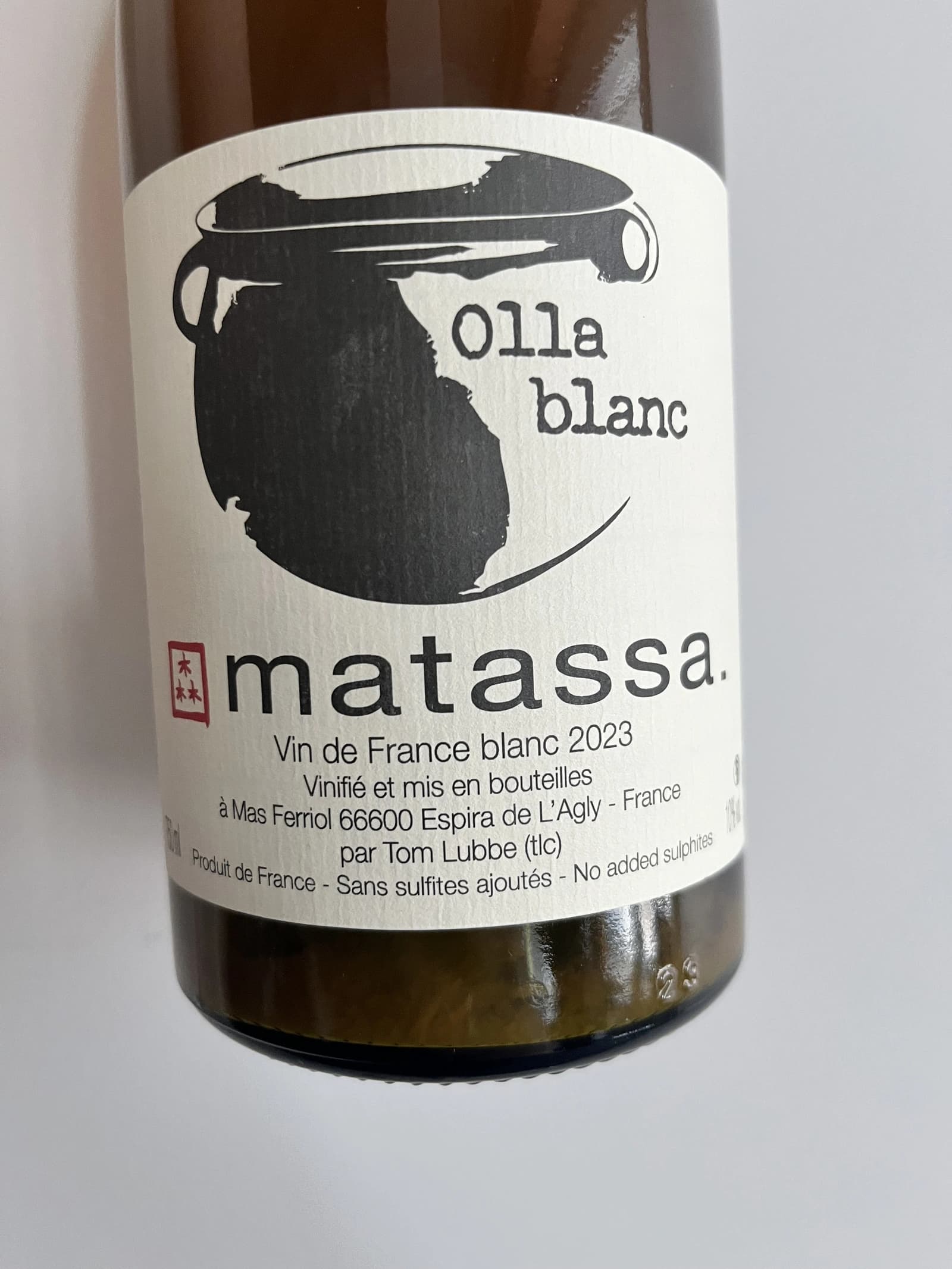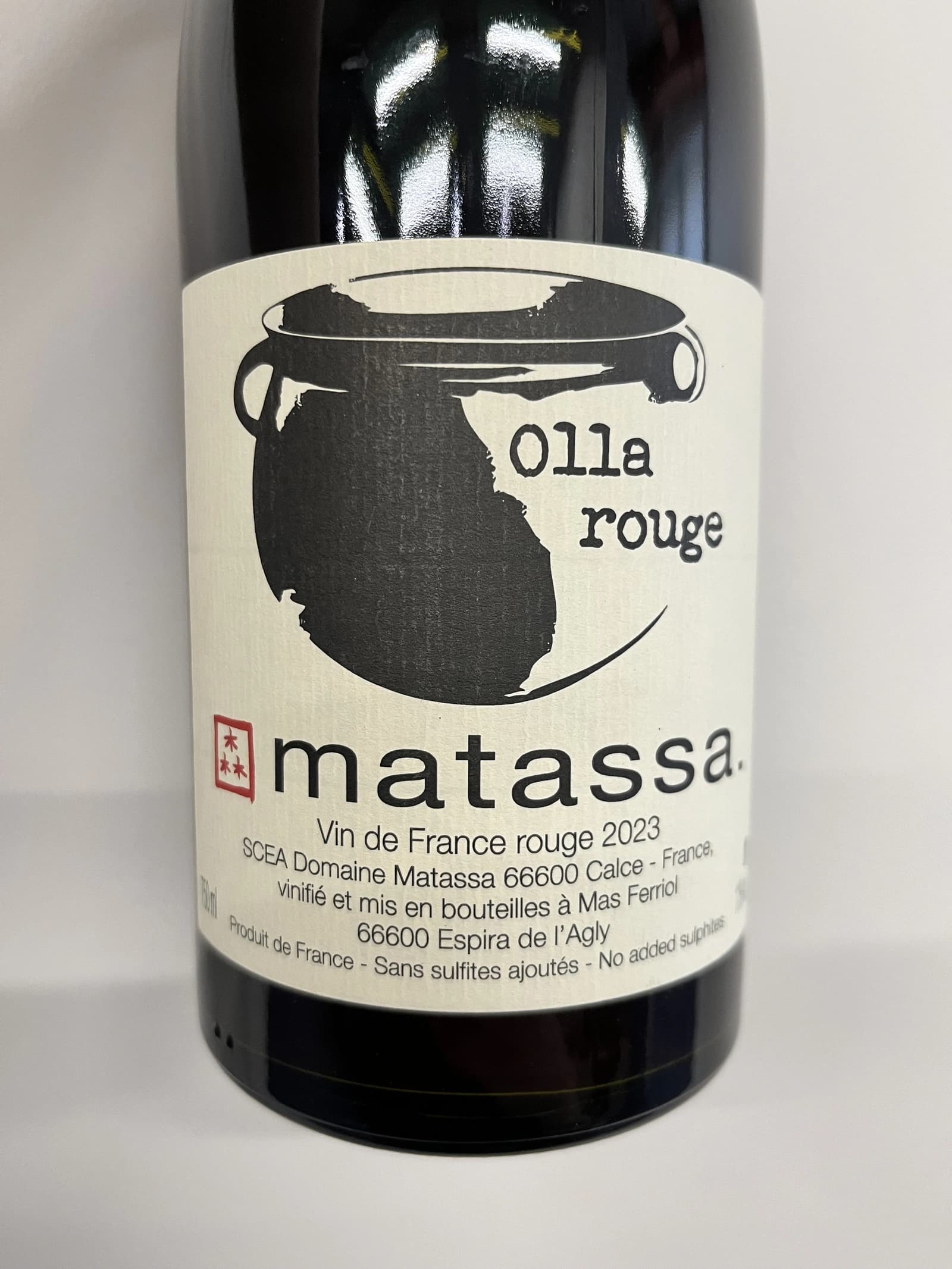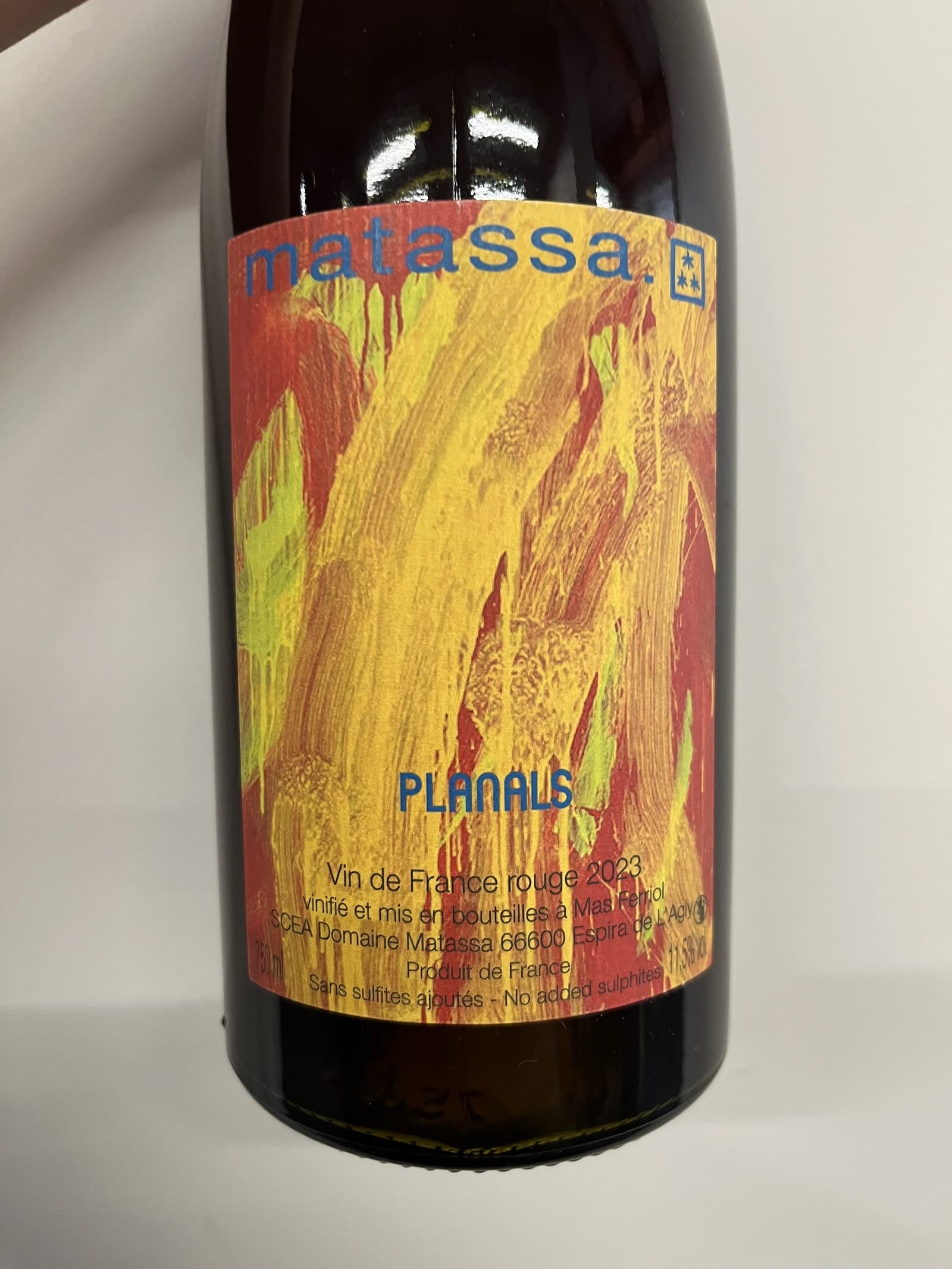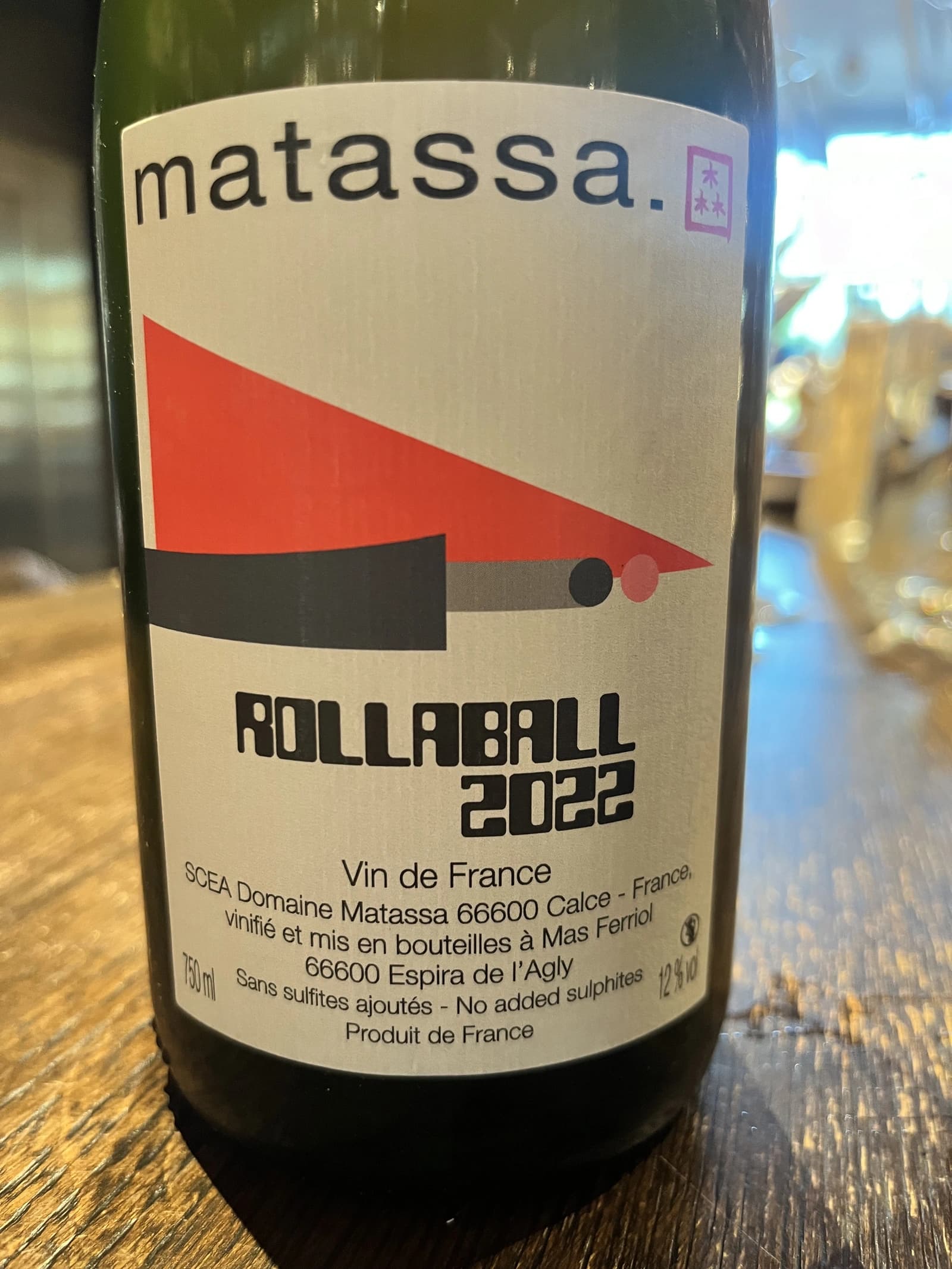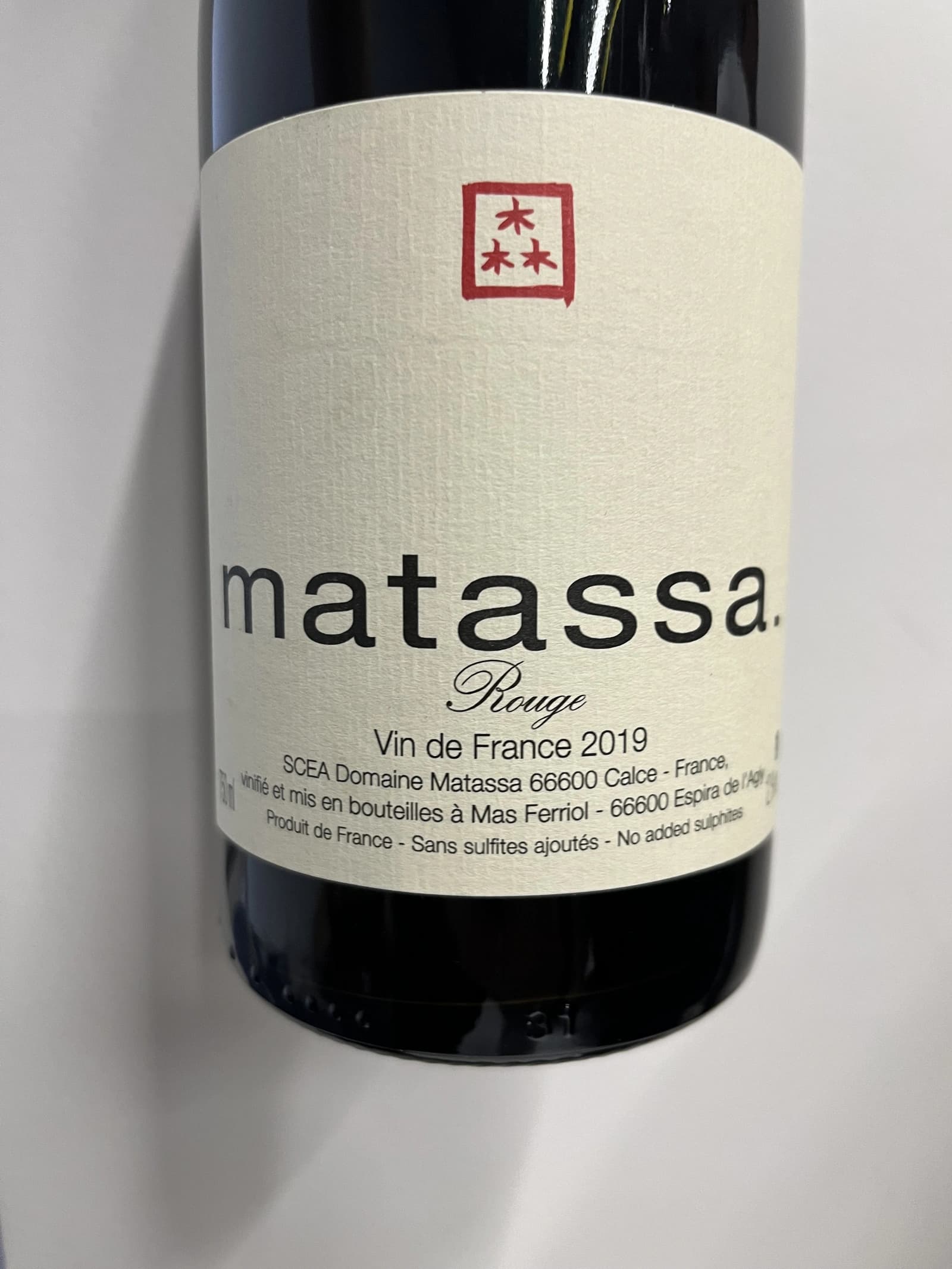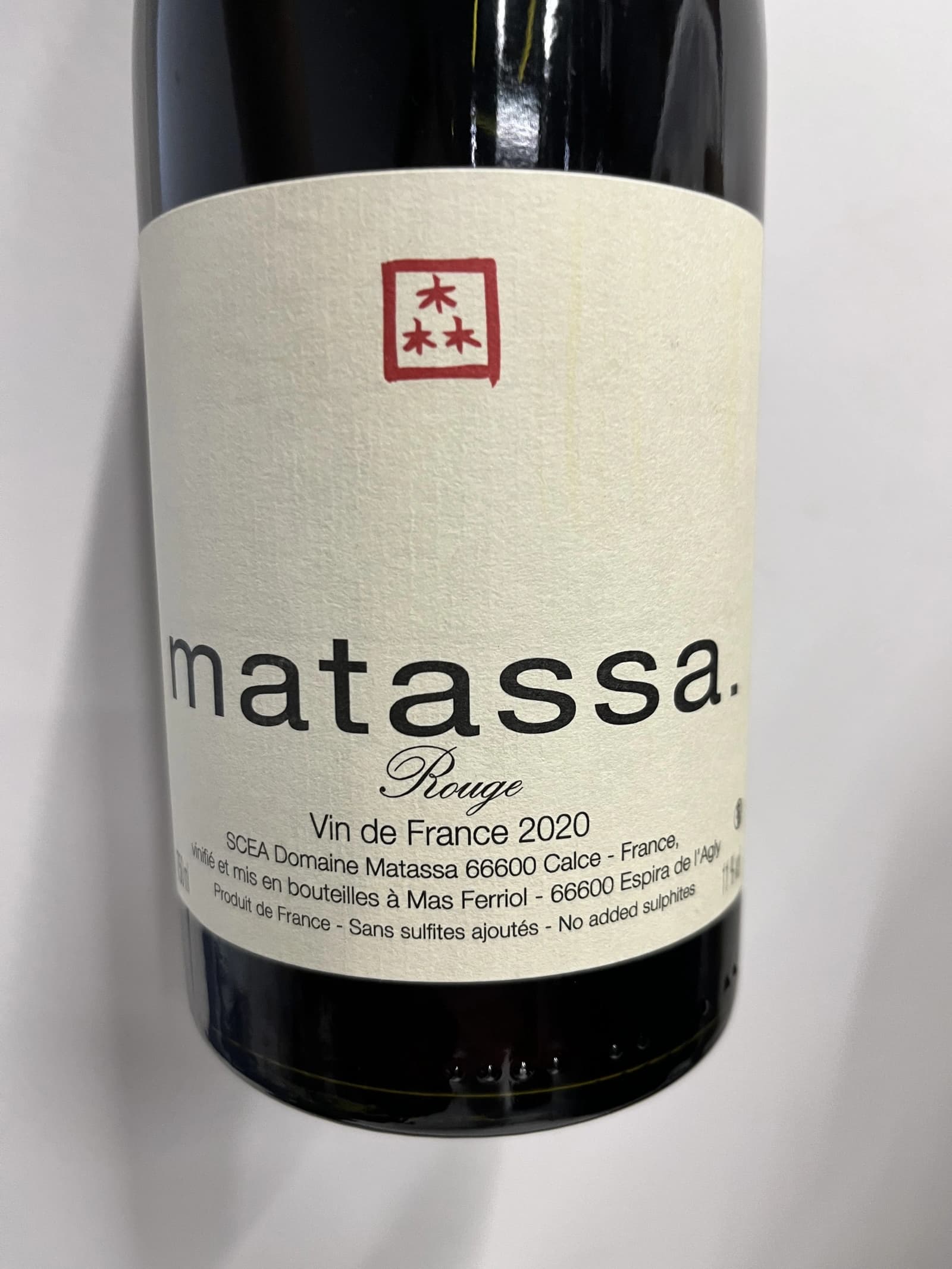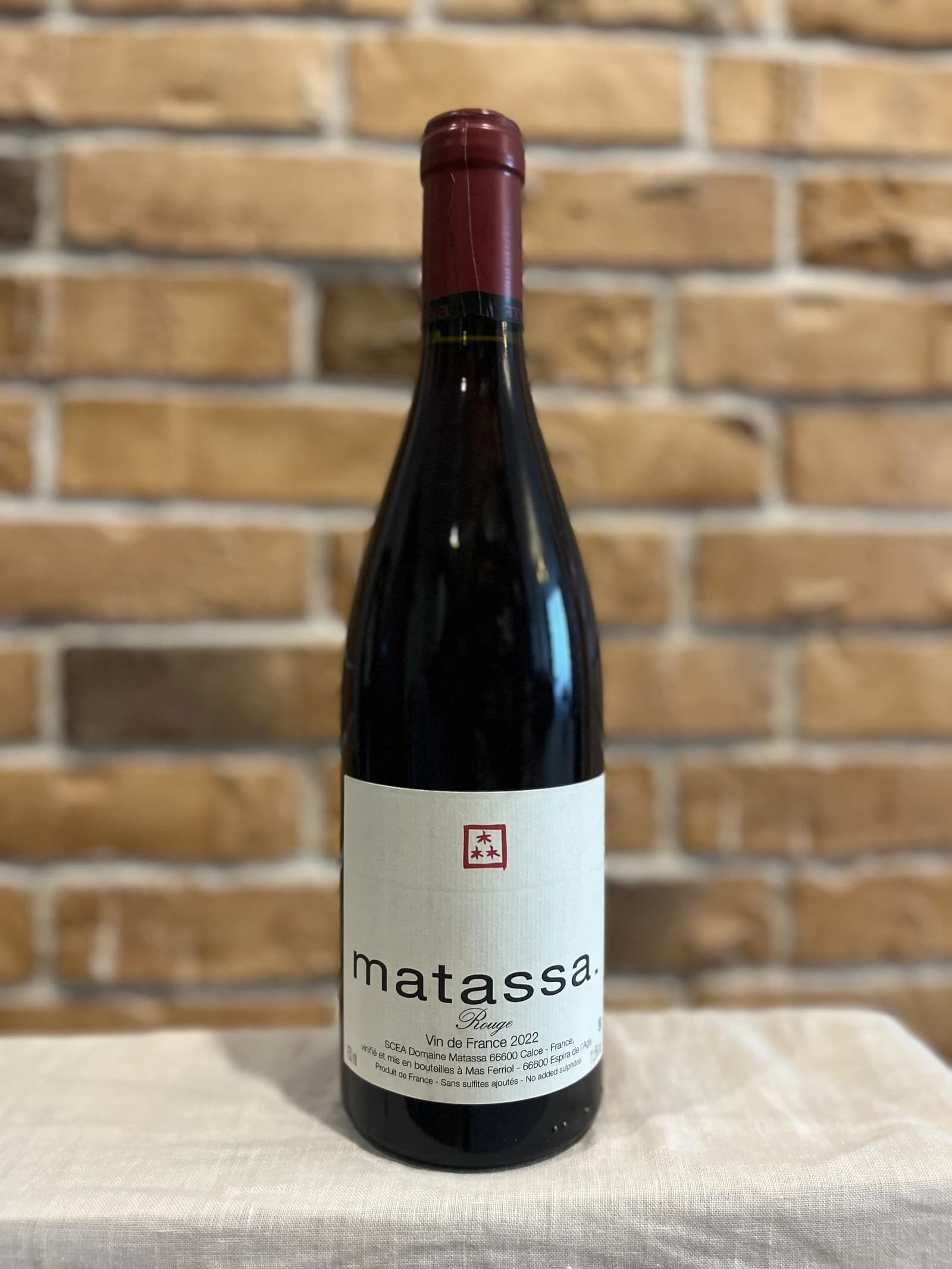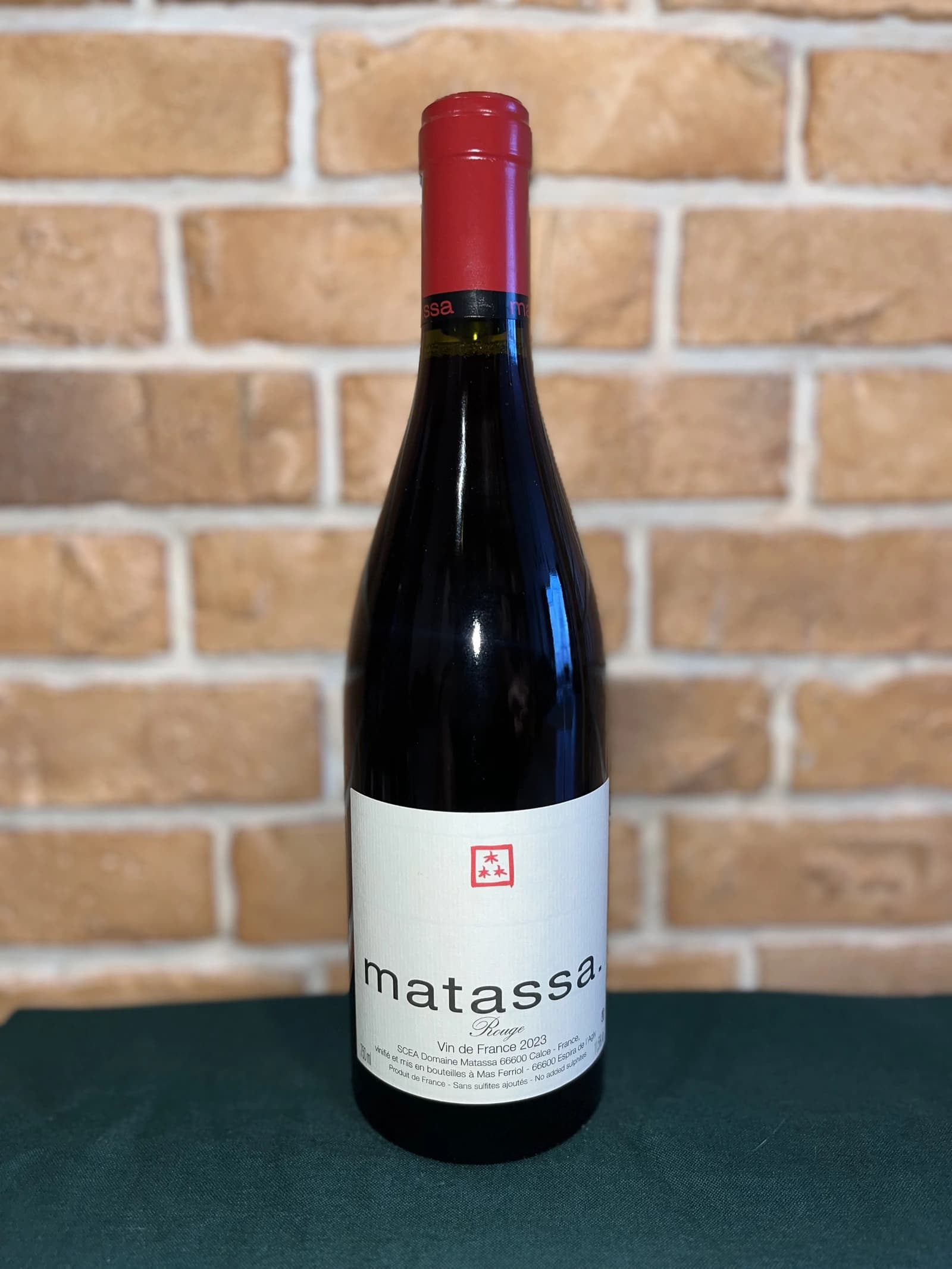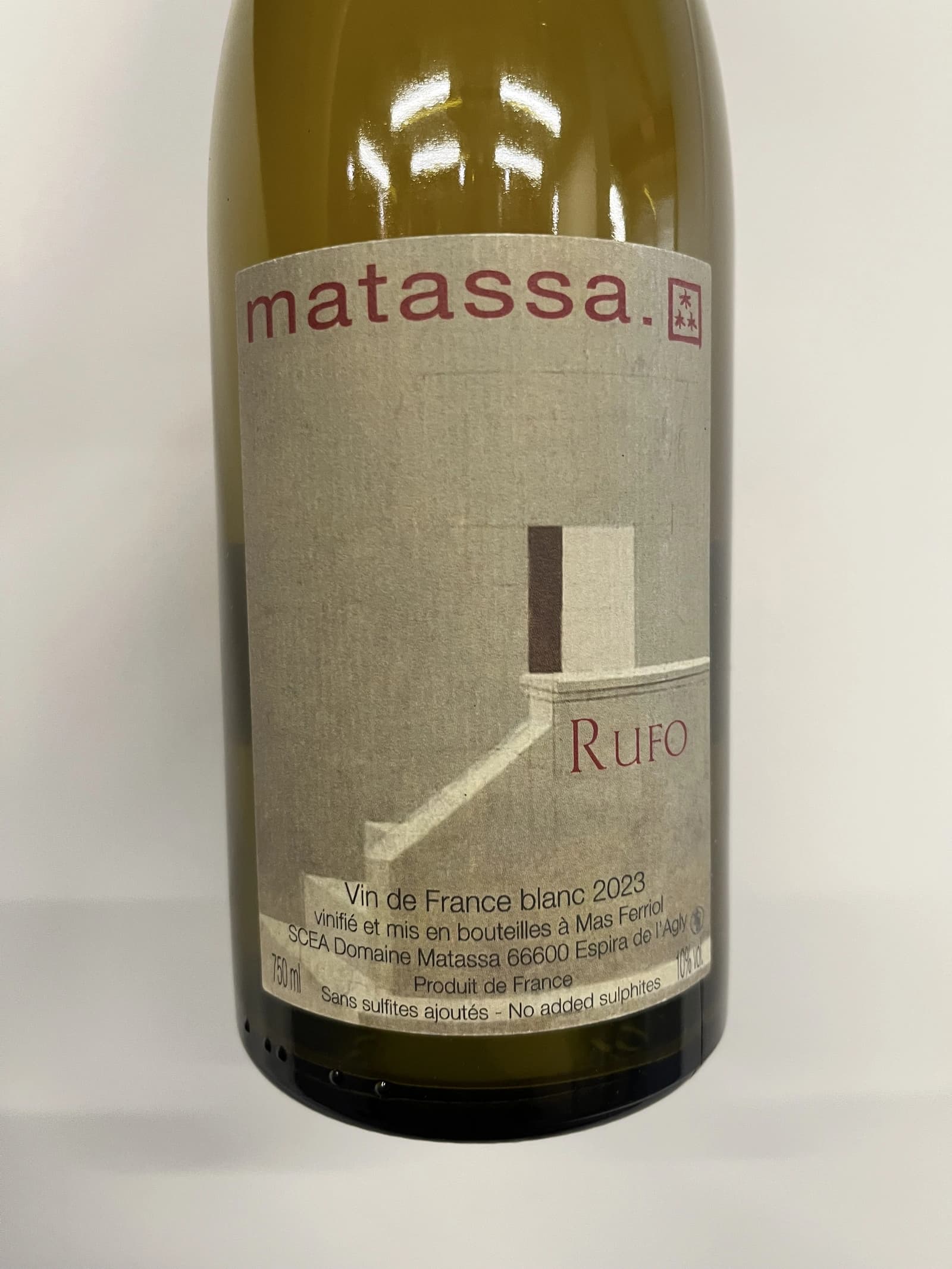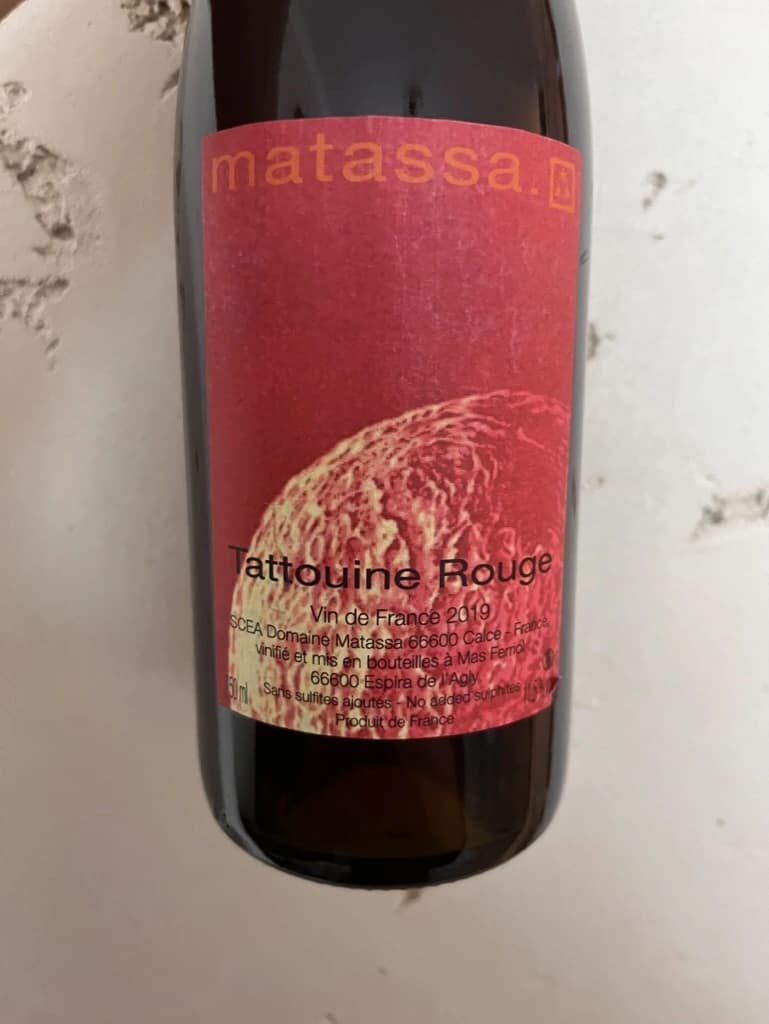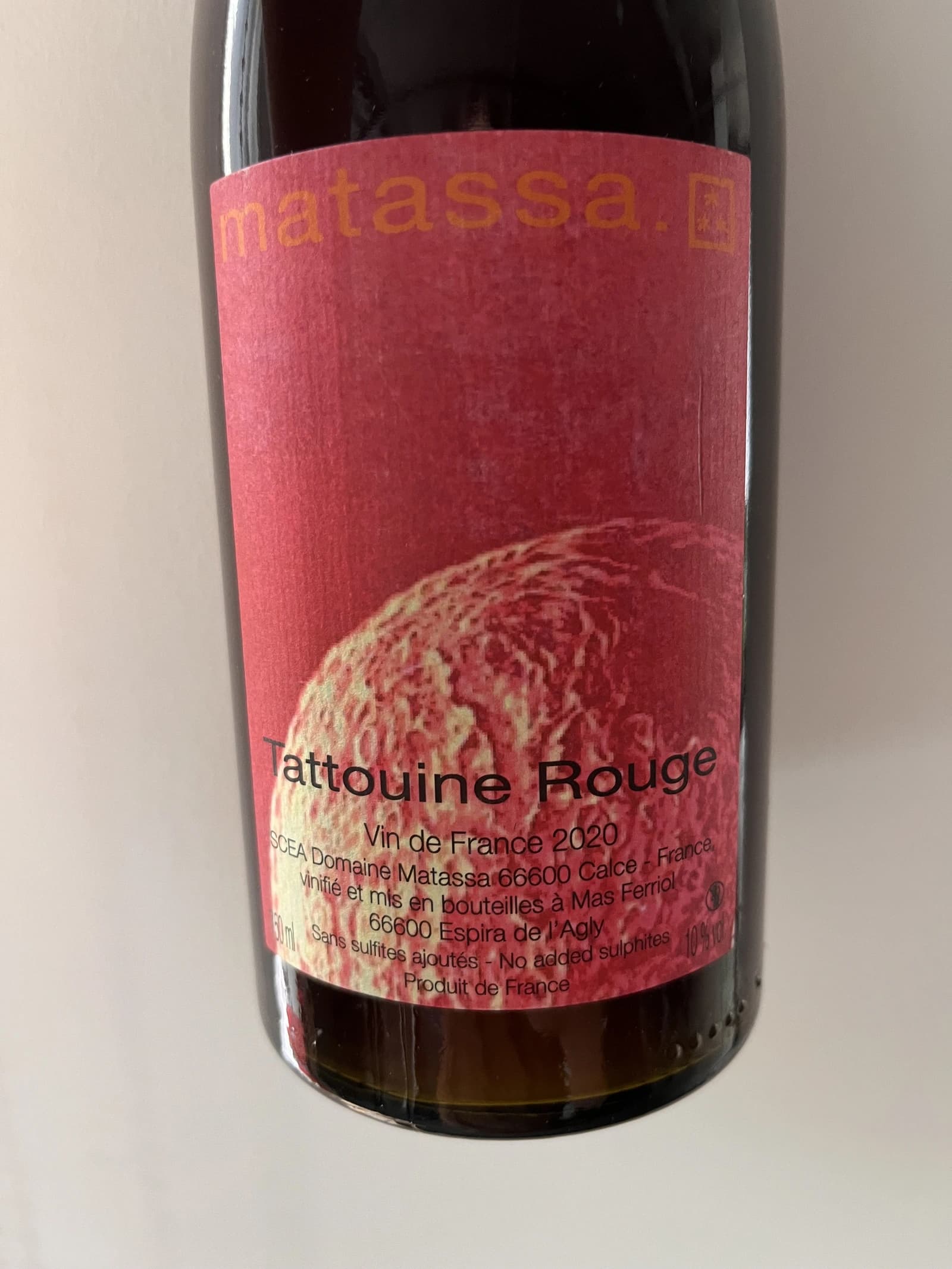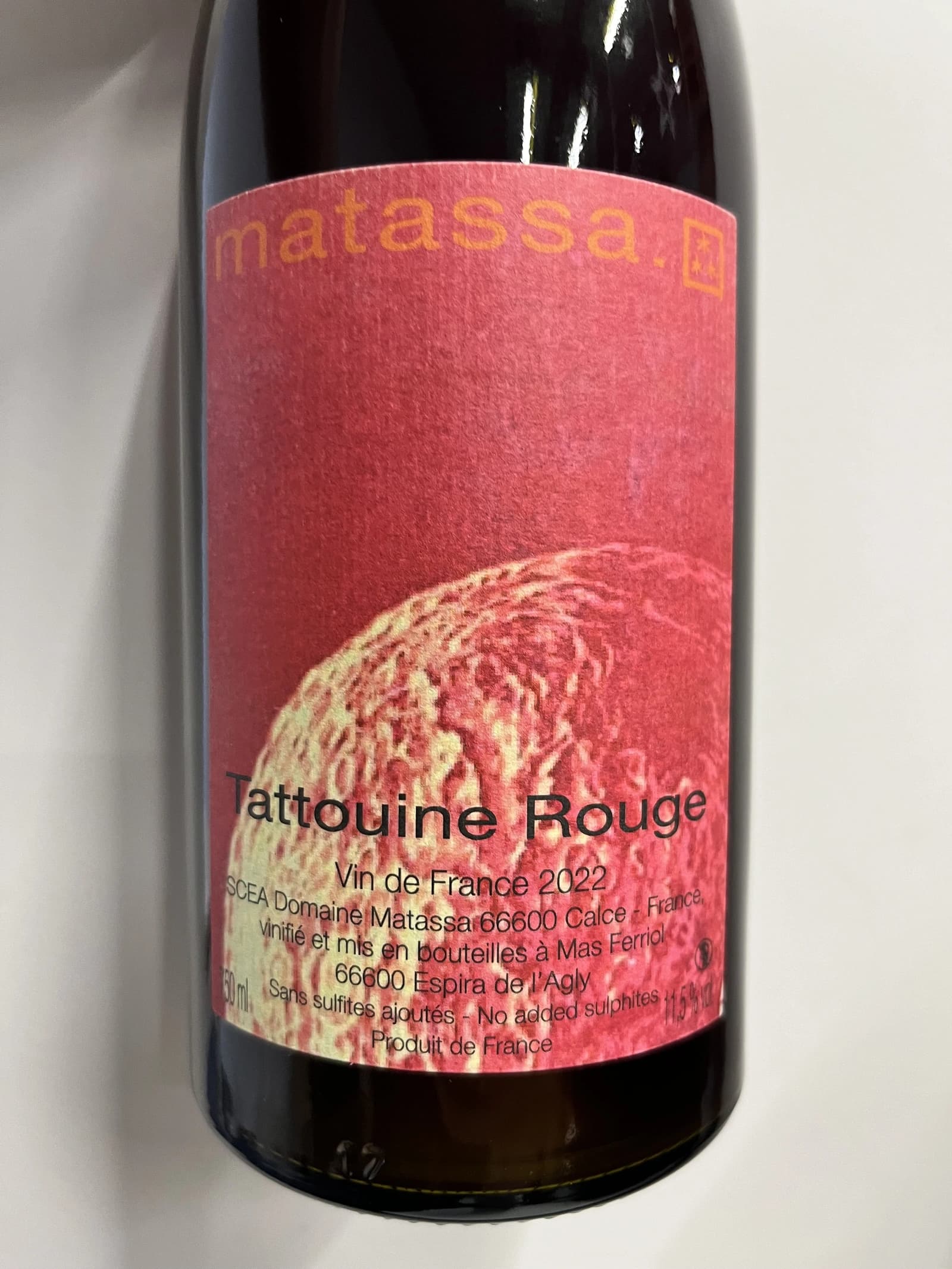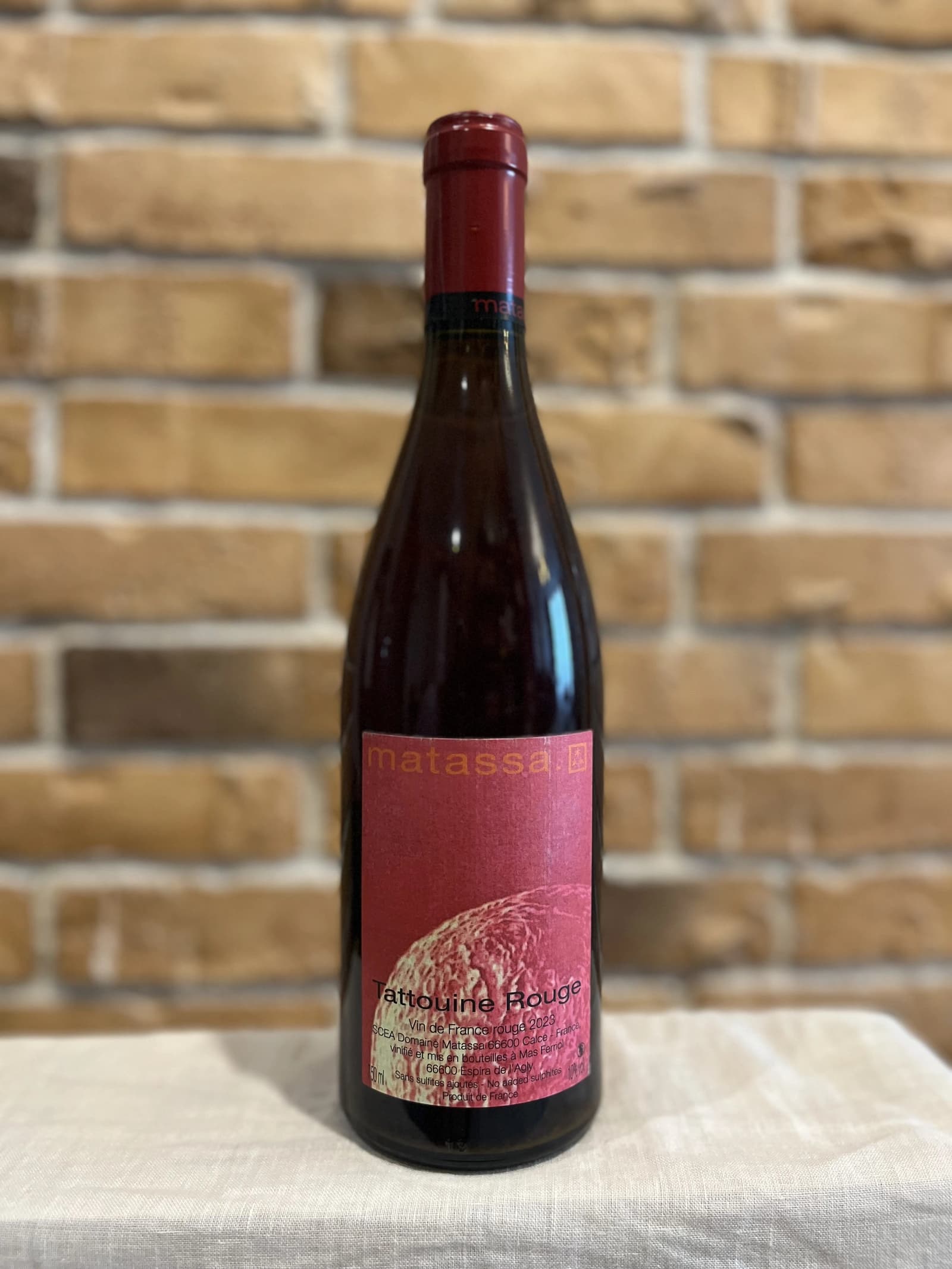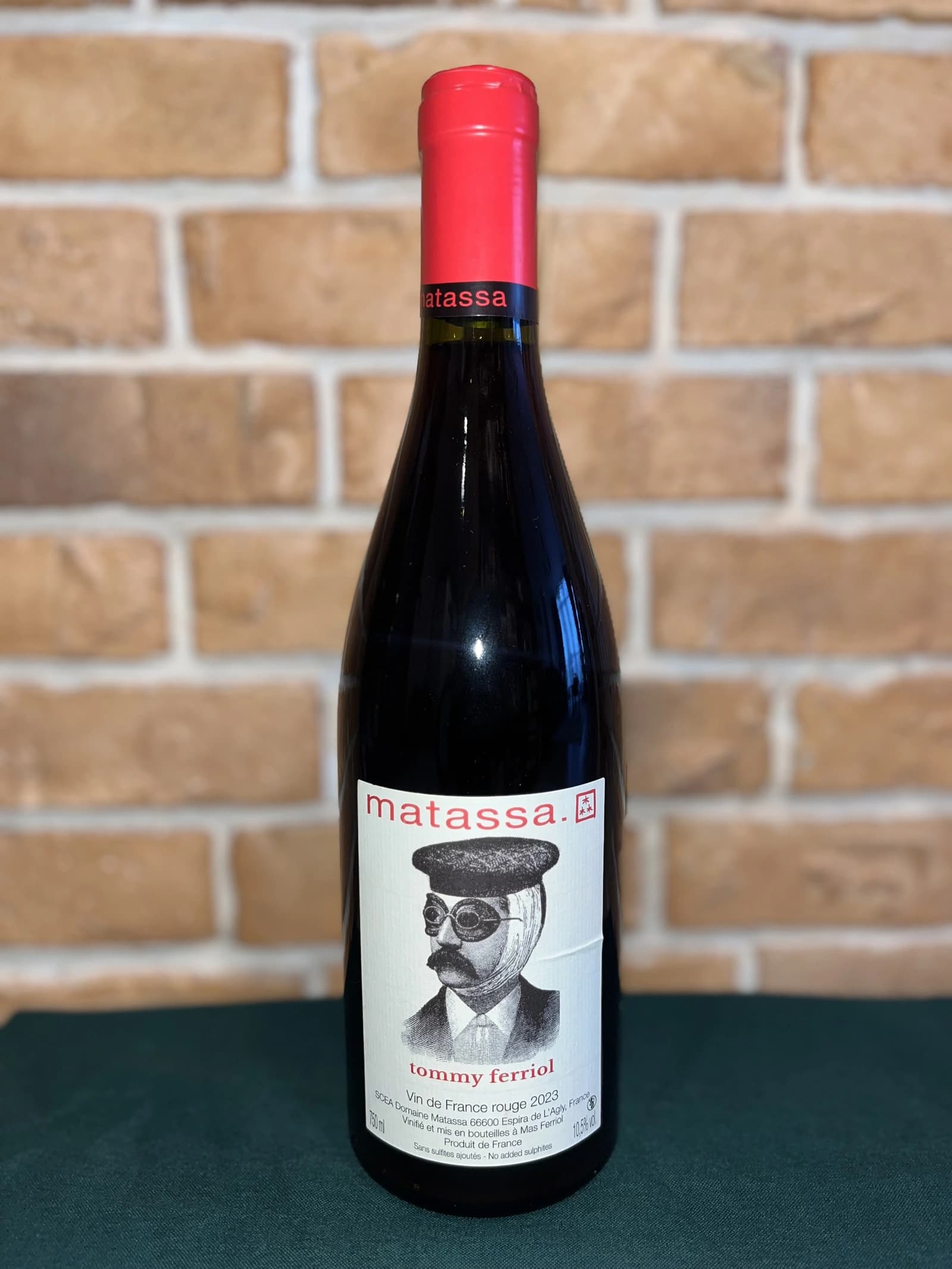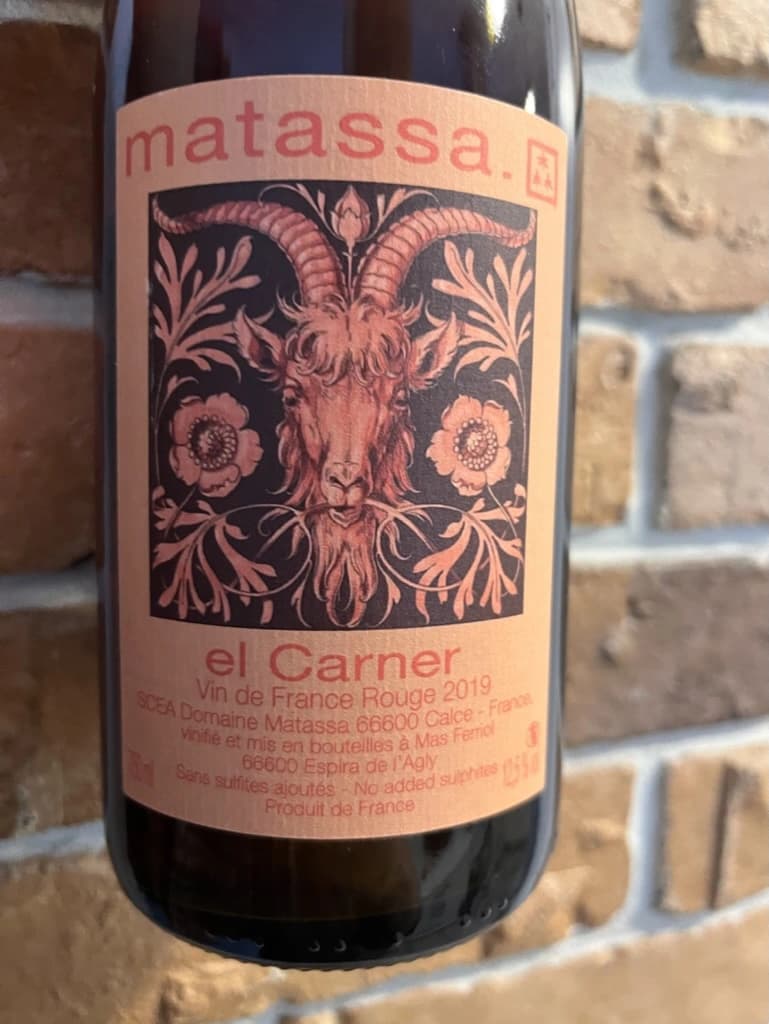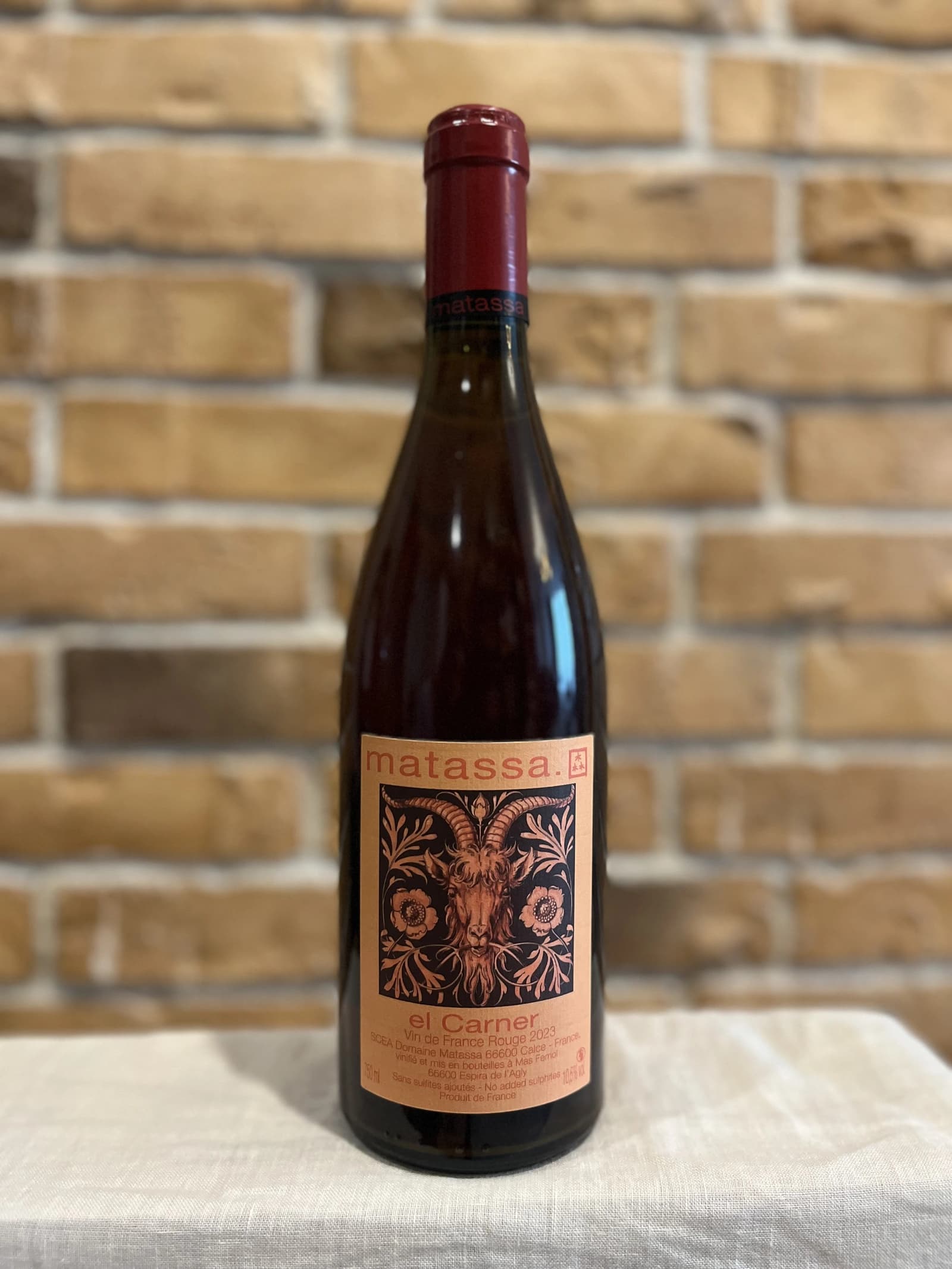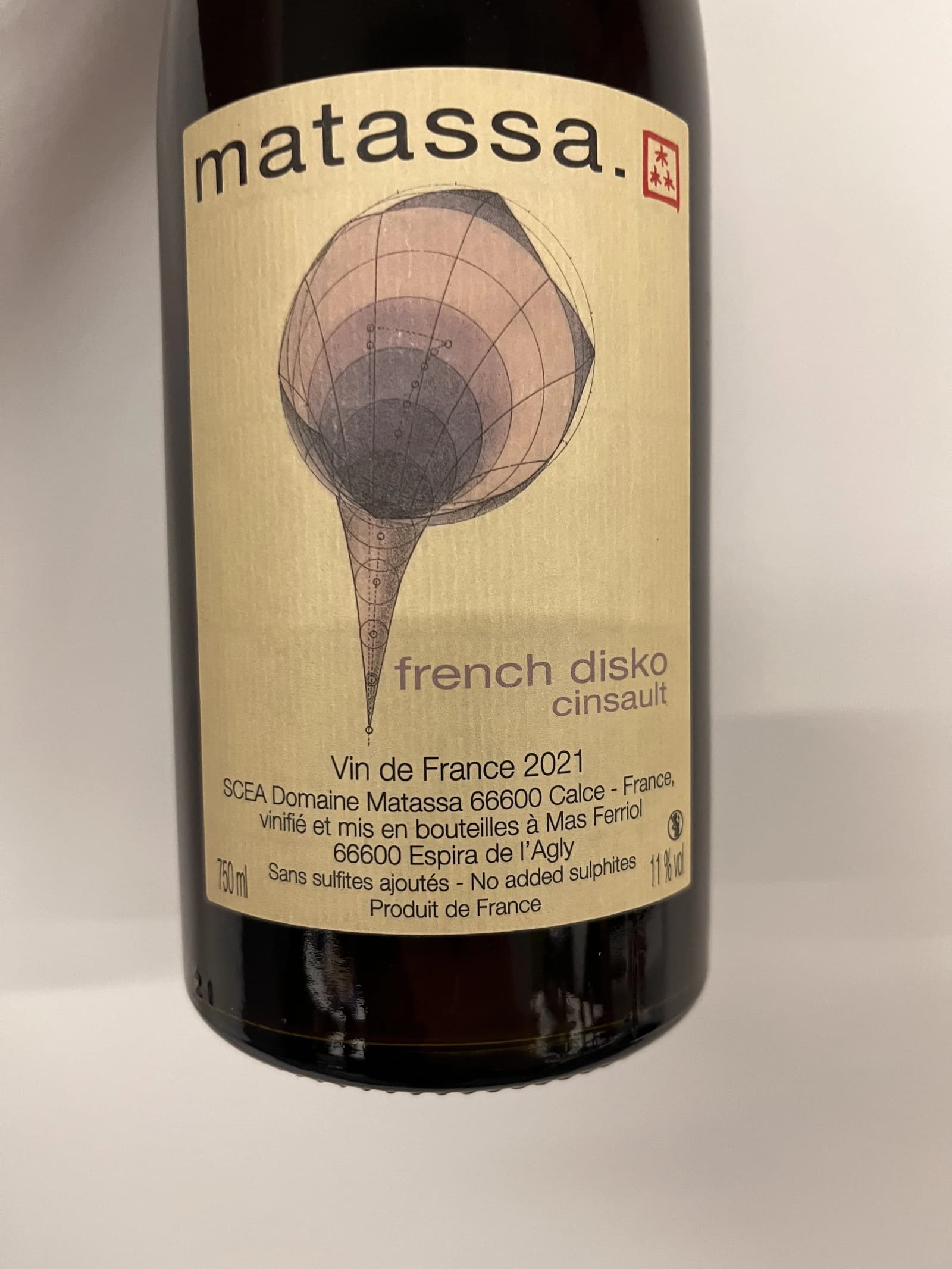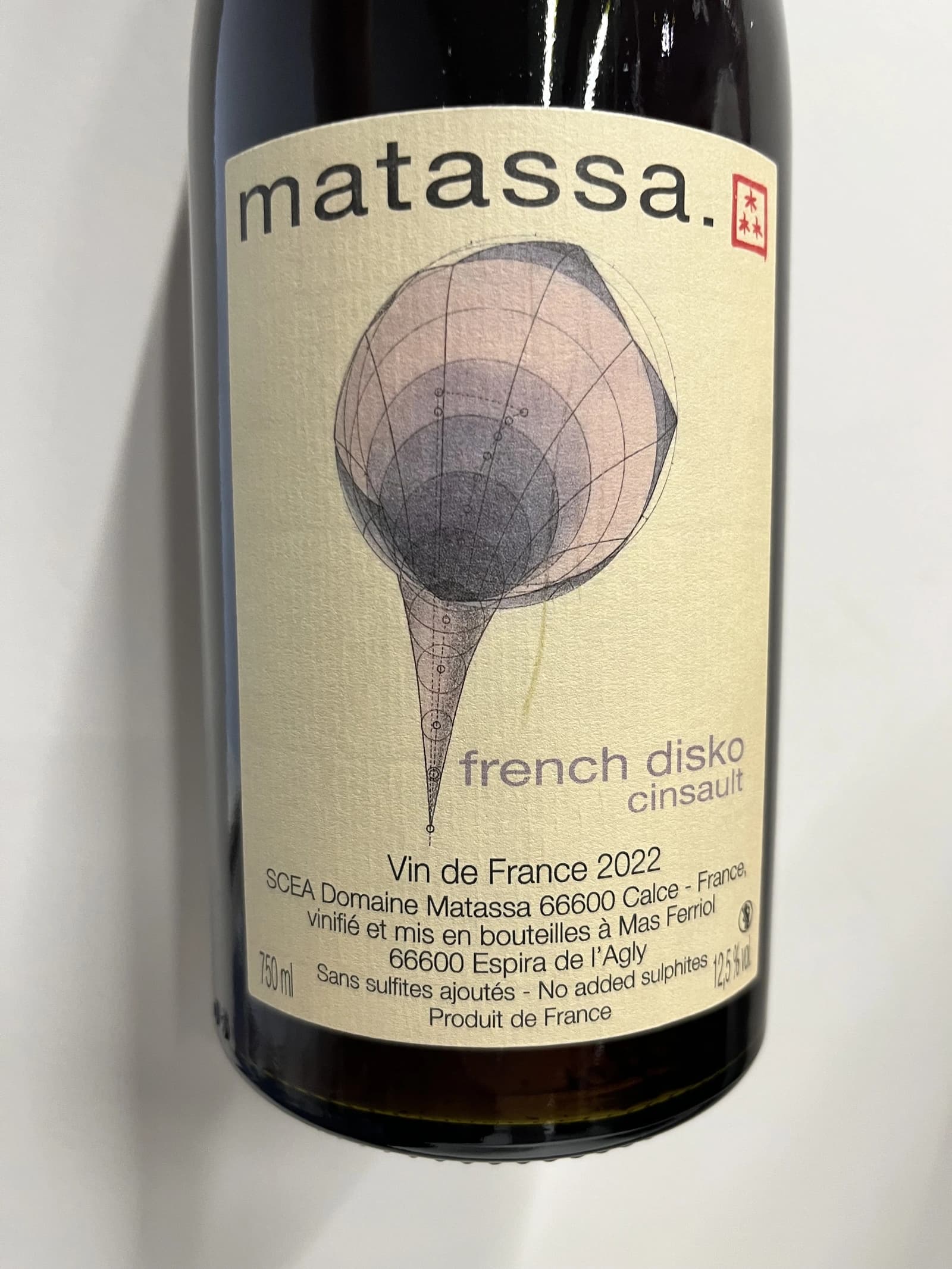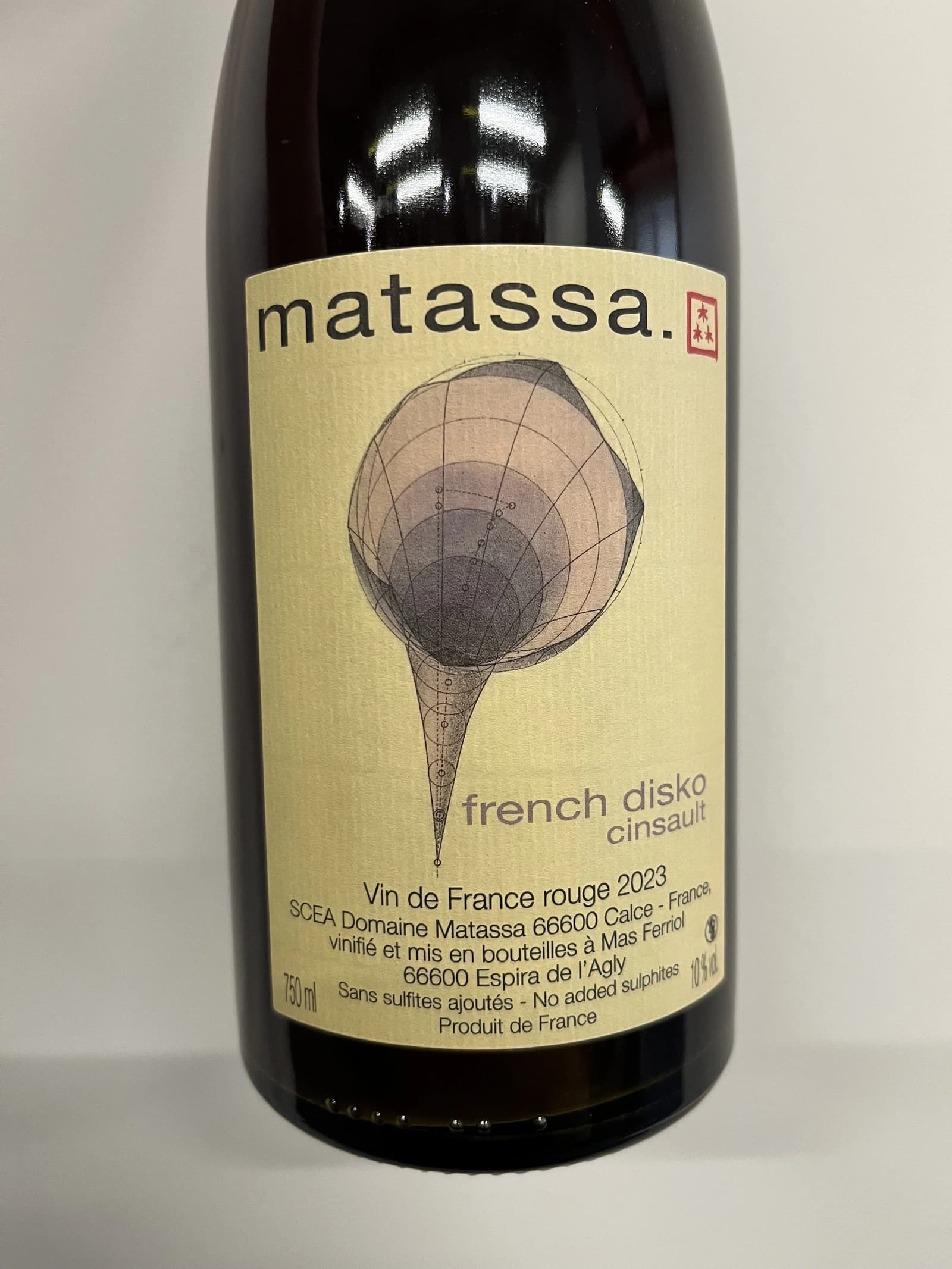Matassa Ace of Spades Les Myrs 2020
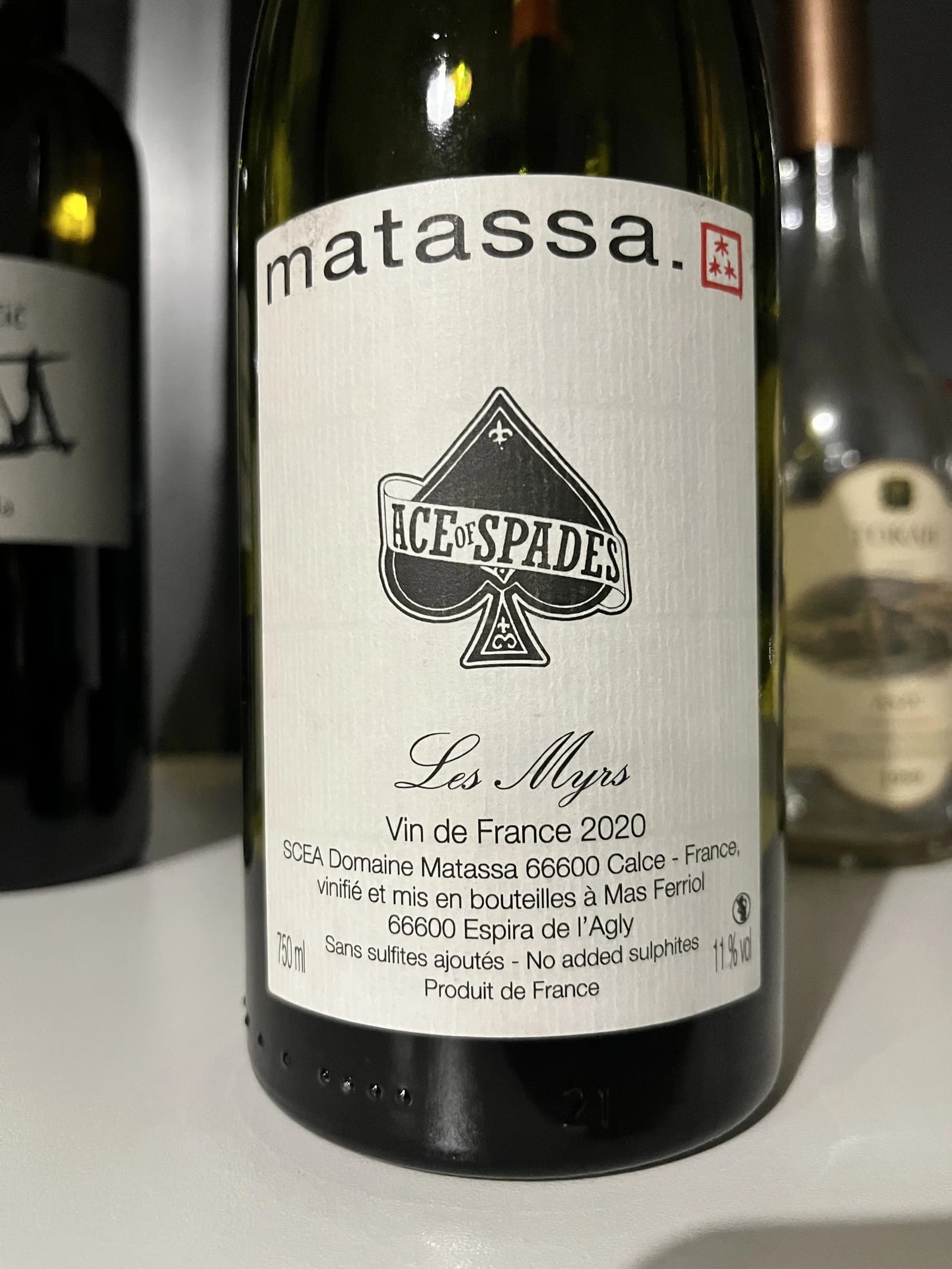
Ratings
Tasting this wine blind, I managed to identify it, aided slightly by recalling the wine collection of the person who brought it. The bouquet suggested Spanish grapes in a natty execution, and the delicate palate with lower alcohol content pointed towards Matassa. From there, it was a mix of luck and memory to pick the correct name.
This beautiful bottle exemplifies why aging red Matassa is essential. While Les Myrs was once one of my least favorites, this bottle is extraordinary. Young Matassa is certainly fun and easy to drink, but with time, it develops remarkable depth and complexity, all while retaining its enjoyable qualities—subtle natural notes coupled with vibrant juiciness.
The nose is captivating, with aromas of tapenade, barnyard, plums, pickles, old socks, black pepper, and sour cherry. The wine's texture and balance are outstanding—silky, juicy, and incredibly easygoing. It's both quaffable and nuanced, with an impressively long finish.
About Producer
At a Glance
- Tom Lubbe, hailing from New Zealand, refined his winemaking approach in South Africa, where he embraced natural techniques and an appreciation for Mediterranean varieties. His journey led him to Roussillon, where at Matassa, he's renowned for championing minimal intervention and authentically expressing the unique terroir.
- Nestled near the Pyrenees in Roussillon, Matassa is cradled by a mosaic of schist, marl, black slate, and black marl, setting a dramatic stage for the vines to thrive directly on the mother rock — a stark contrast to the topsoil-centric vineyards of neighbouring Languedoc. The domaine's treasure is its venerable vines, some witnessing over a century, and a diverse palette of grape varieties, including indigenous gems like Carignan and Macabeu, alongside less conventional picks, painting a complex portrait of flavours and textures.
- The signature of Matassa's wines lies in their elegant restraint — light, approachable, yet brimming with a quiet intensity. Each bottle encapsulates a harmonious balance, offering a juicy, vibrant, and thought-provoking sip that mirrors Tom Lubbe's personal palate.
Domaine Matassa, nestled in Calce within the Val d'Agly area of Roussillon, spans about 20 hectares of naturally tended vineyards. The vines, aging from 30 to 115 years, thrive in this unique terrain, focusing on Northern Catalunya's native varieties like Grenache Gris, Maccabeu, Muscat d'Alexandrie, Lladonner Pelut (Catalan Grenache), Carignan, and Mourvedre. The result? Wines distinct for their moderate alcohol, subtle tannins, and understated oak, marked by vibrant acidity and a profound mineral freshness.
The driving forces behind Matassa are Tom Lubbe, his spouse Nathalie Gauby, and Sam Harrop MW. Tom, a New Zealander with roots in South Africa, was mentored by Louise Hofmeyer, whose devotion to indigenous yeasts and restrained yields influenced him greatly. His curiosity about Mediterranean varietals led him to Domaine Gauby in Calce, where a brief stint in 1999 evolved into a deeper engagement, thanks to Gérard Gauby's camaraderie.
It was here, amidst the vines, that Tom and Gérard's sister, Nathalie, forged a bond, leading to marriage and the decision to lay down roots in Roussillon, giving life to Matassa in 2003 (after giving life to their first child). Their humble beginnings saw their first vintage crafted in their living room, a situation that prompted Gérard to generously offer the old Gauby cellar in 2004.
Matassa's wines are a testament to evolving practices. The vineyards, organically certified by Ecocert, eschew chemical treatments, focusing instead on cover crops that (according to Tom) have notably decreased the alcohol content from 13.5% in 2005 to 10.5% in 2018. Early harvesting, particularly of Muscat in August, and the flourishing insect life enhancing soil health, are credited (by Tom) for the nuanced flavors in their wines.
In the cellar, changes are equally pronounced. All wines are now labeled Vin de France to be free from the regulatory shackles, embracing "unconventional" methods like skin maceration for whites, following "Alexandria" 2008, his first macerated white; and prioritizing whole-cluster infusions over maceration for reds. Oak, if used, is for aeration, not structure, and longer elevage is bypassed in favor of capturing the wine's inherent essence sooner.
Matassa's influence extends beyond its bottles. As a beacon in the winemaking community, it attracts and mentors the next generation of vintners, all drawn by Tom Lubbe's legacy and expertise.
Related Wines

